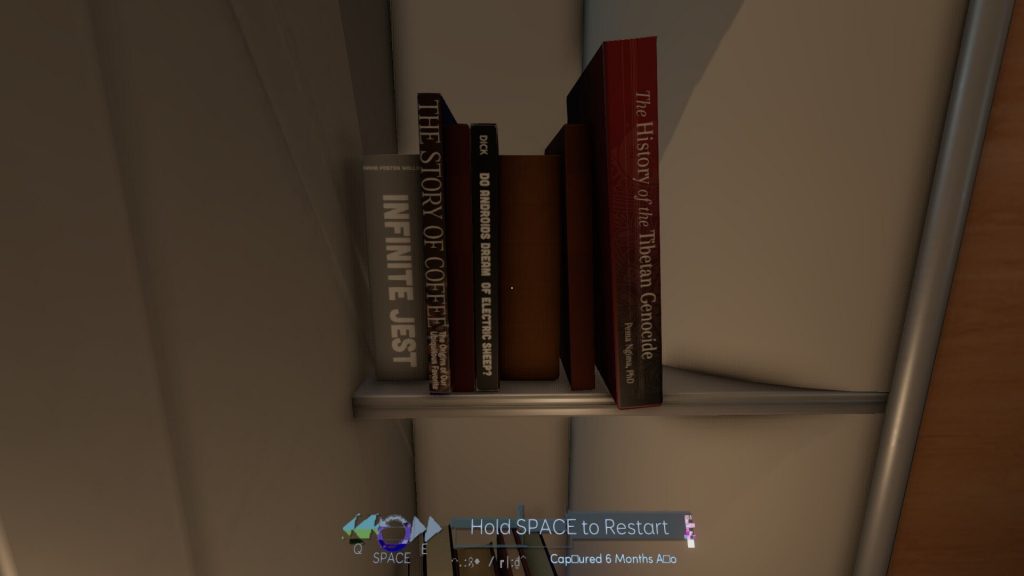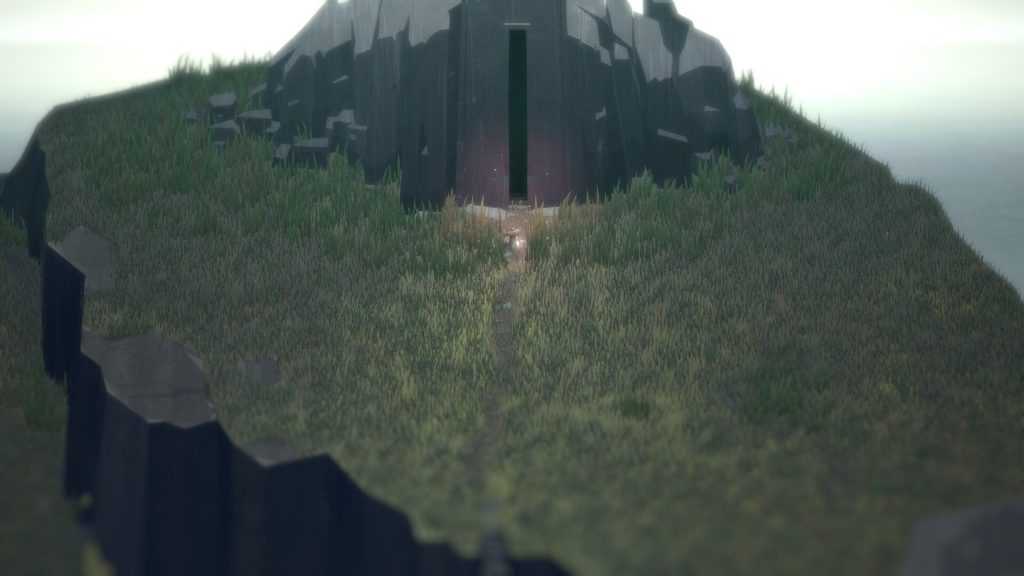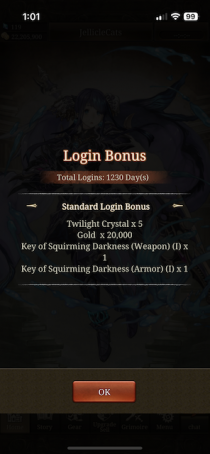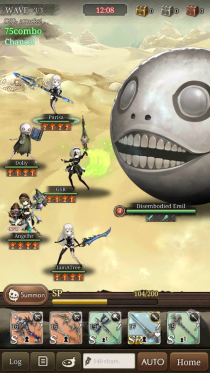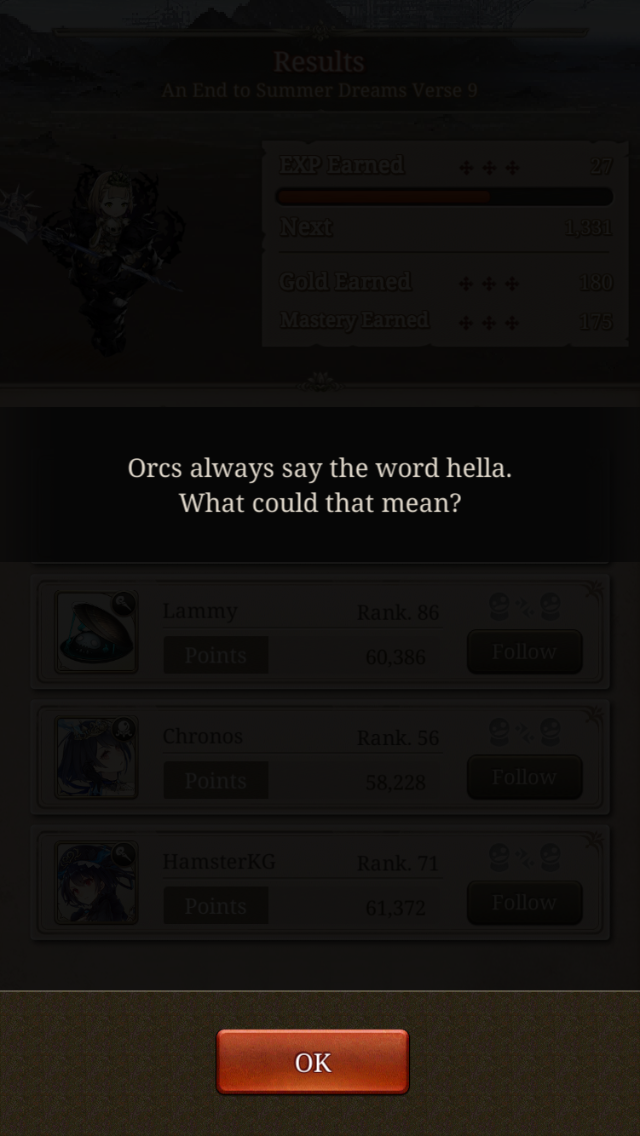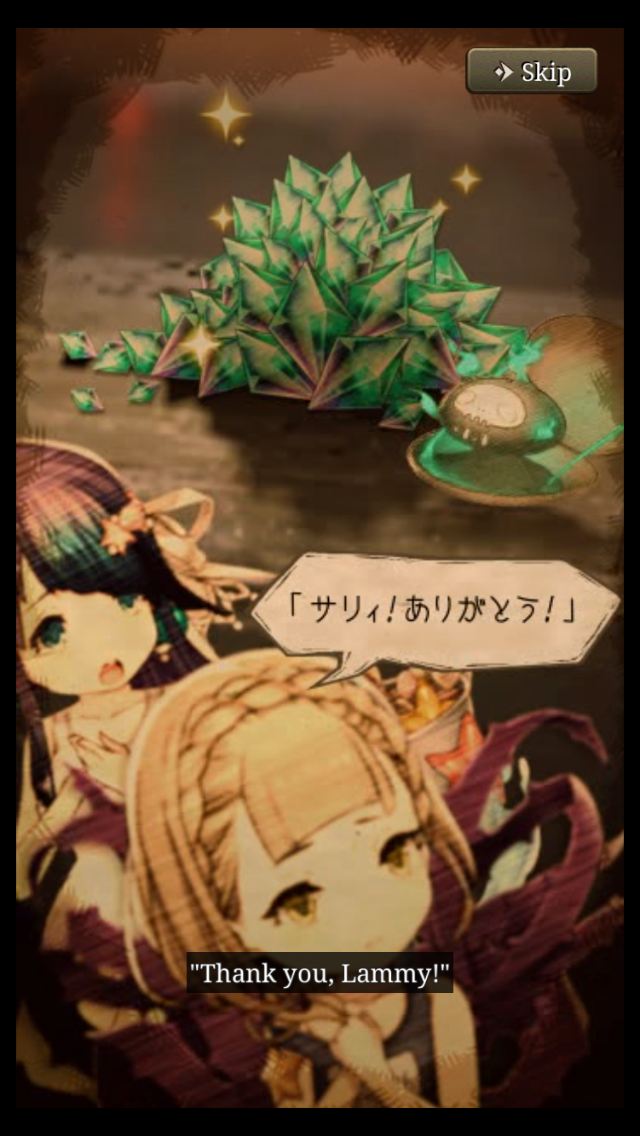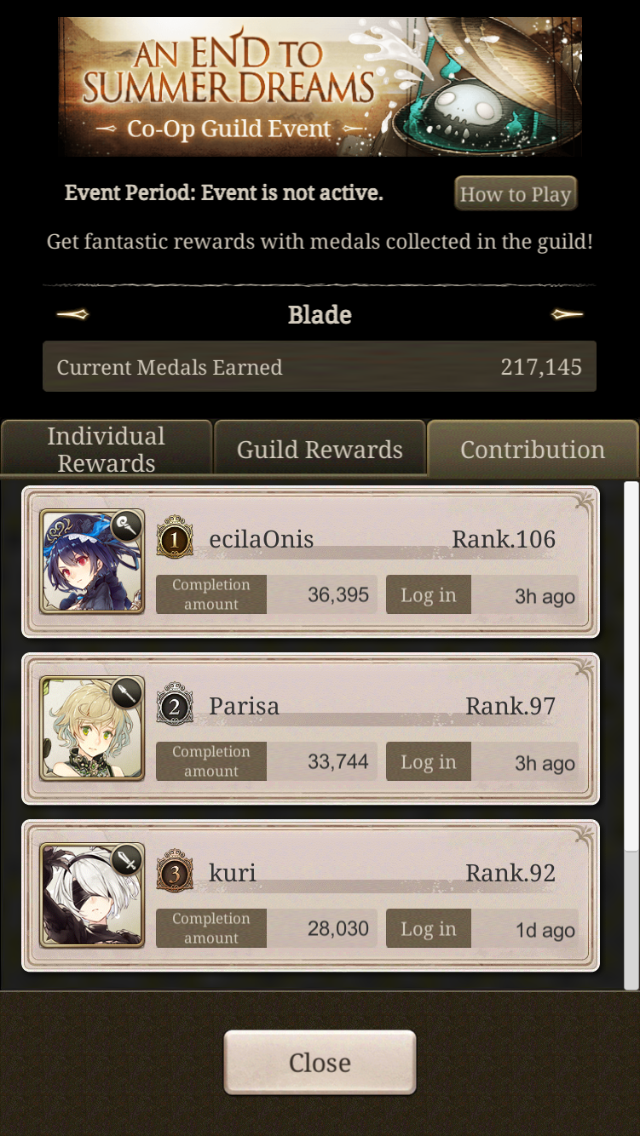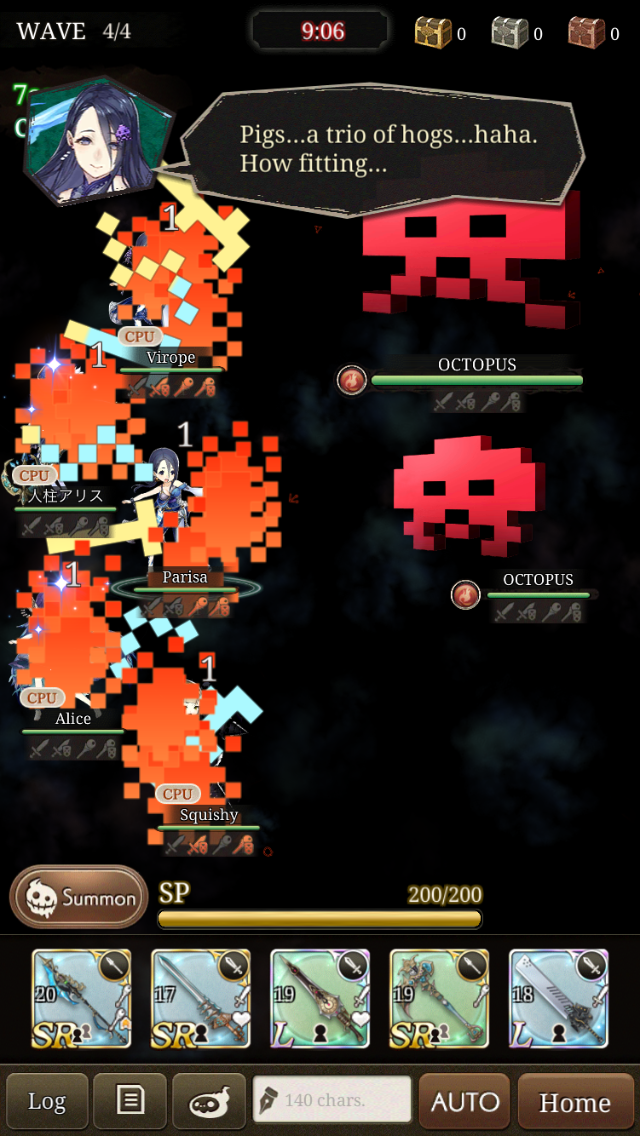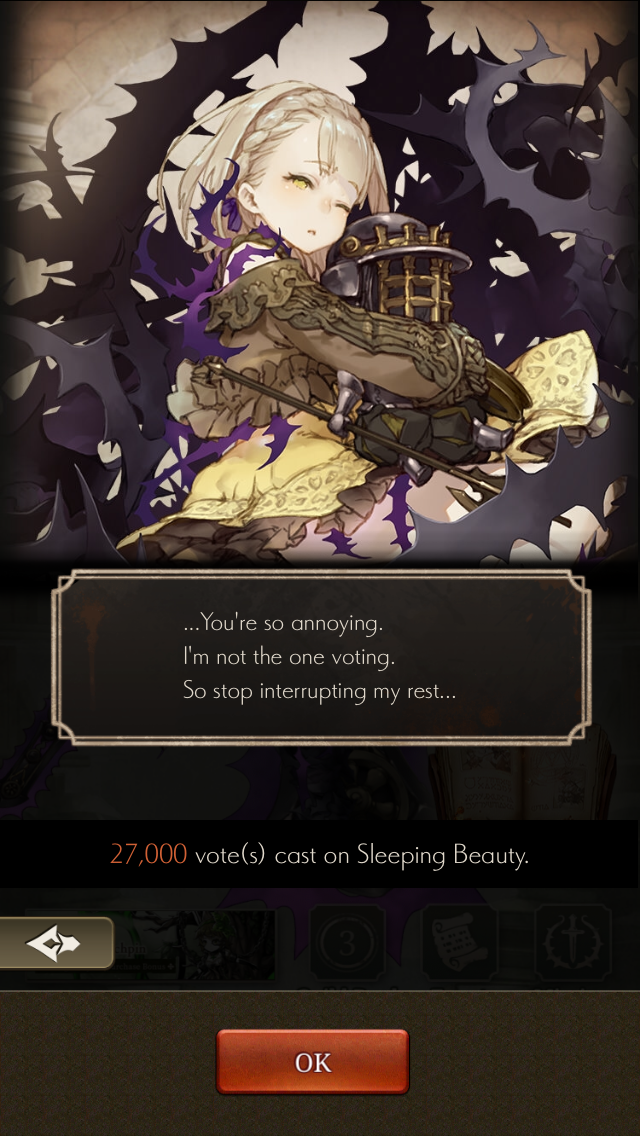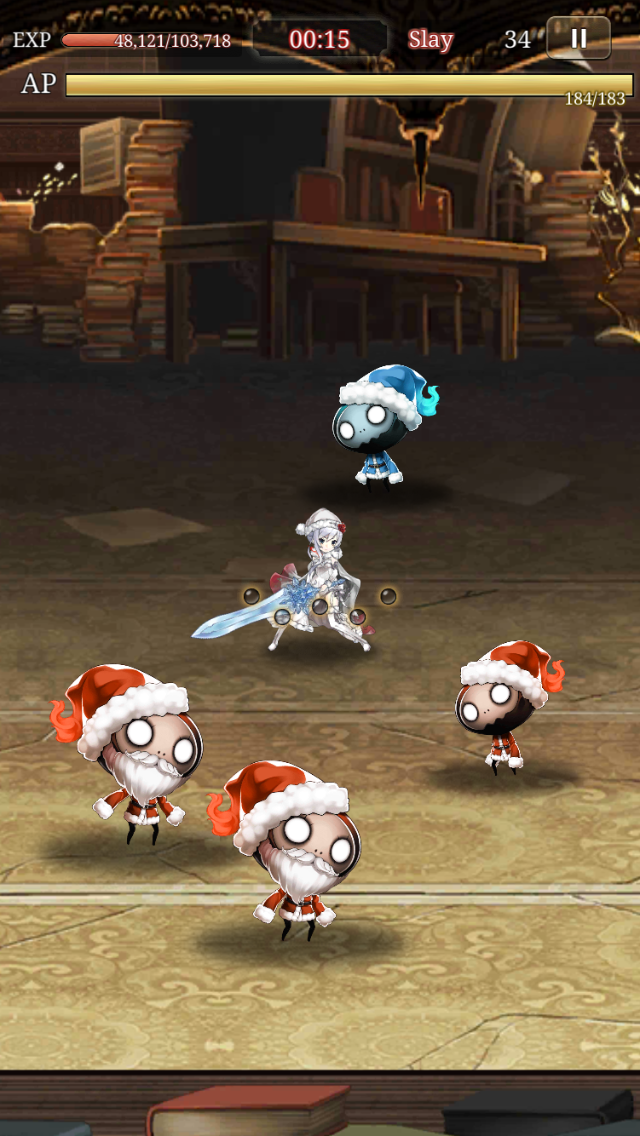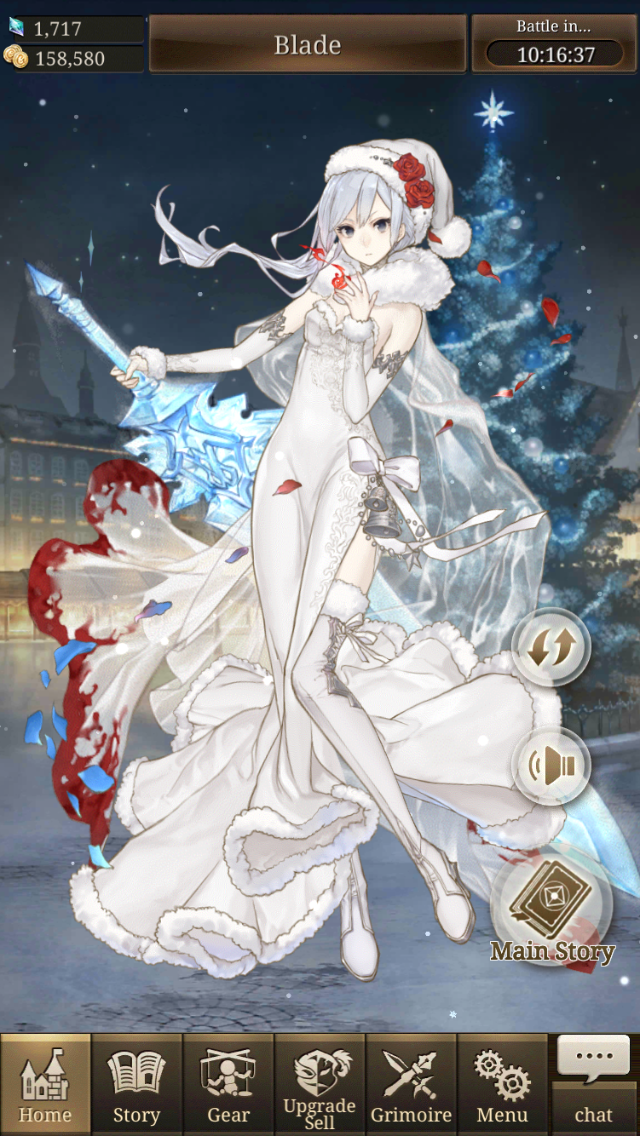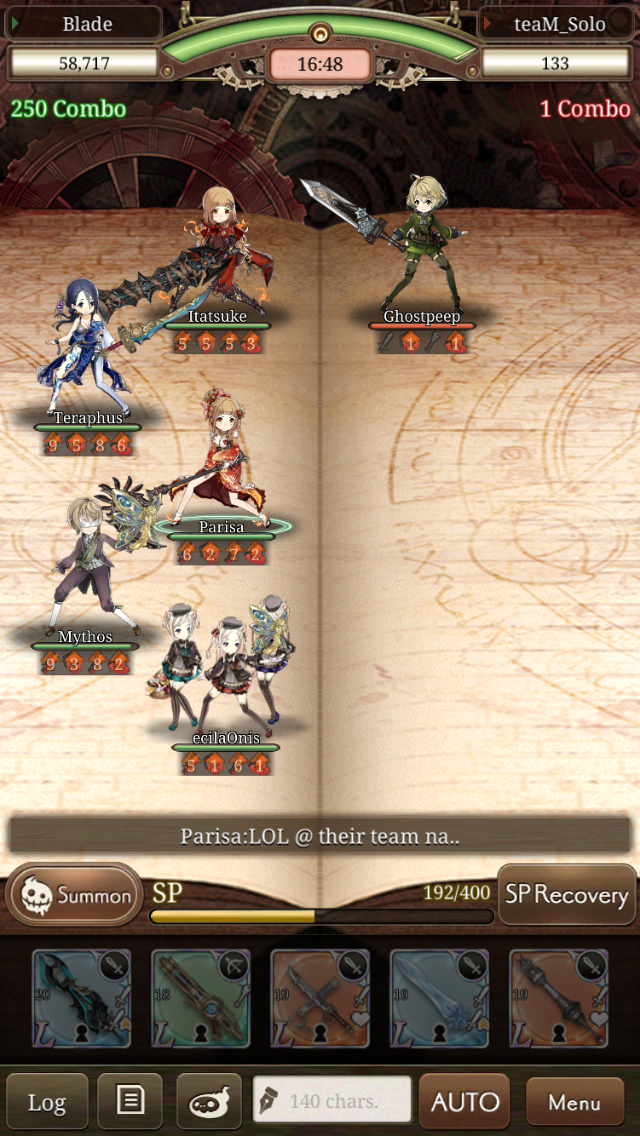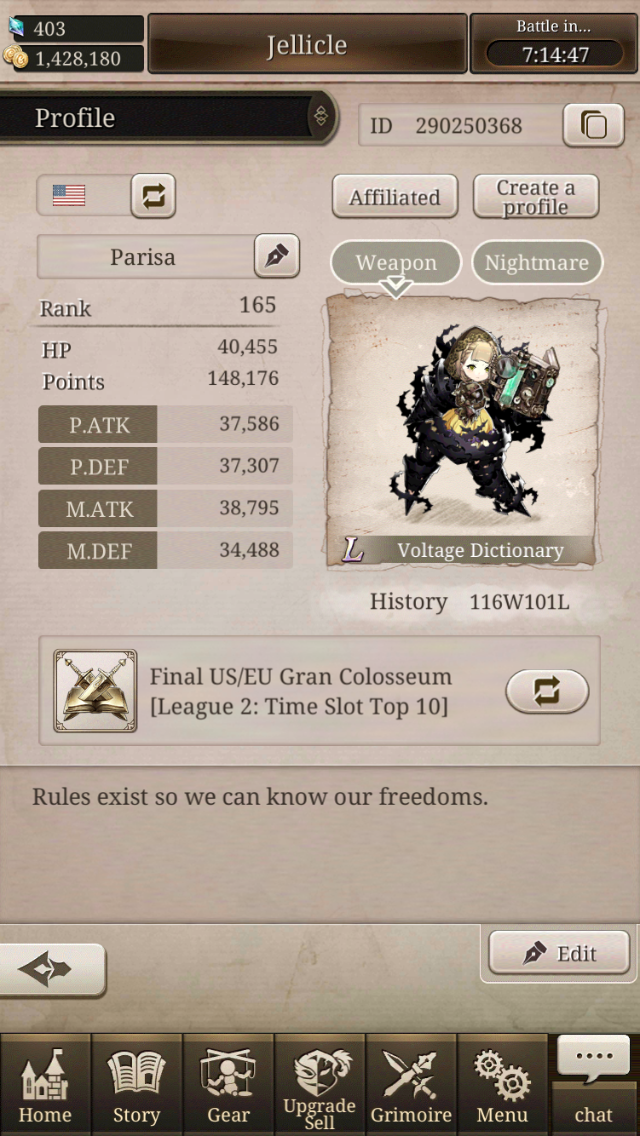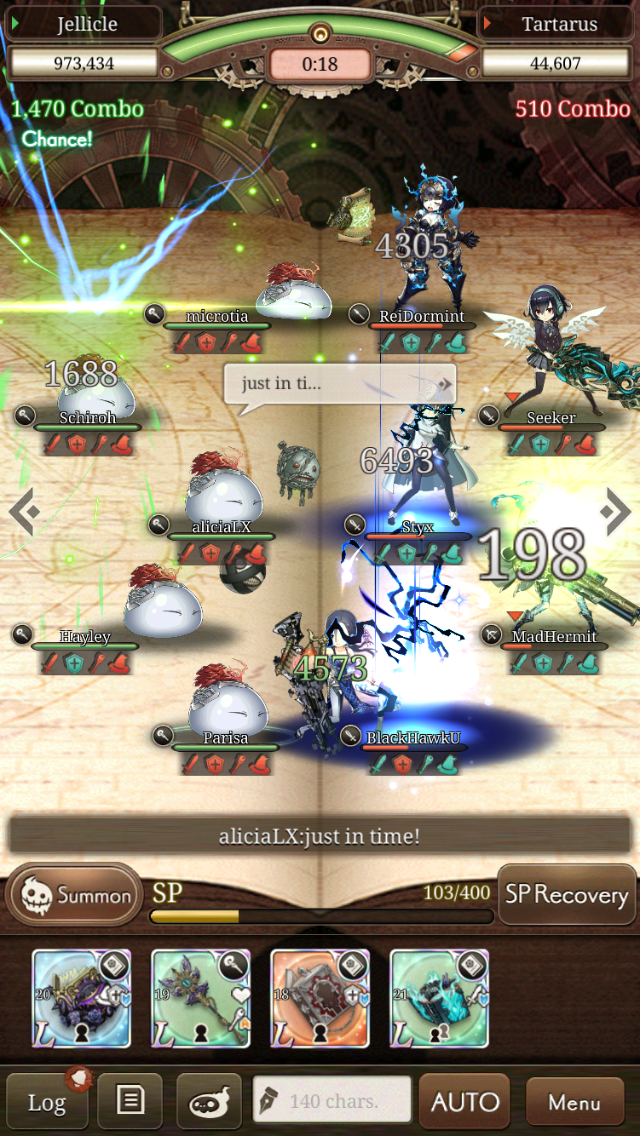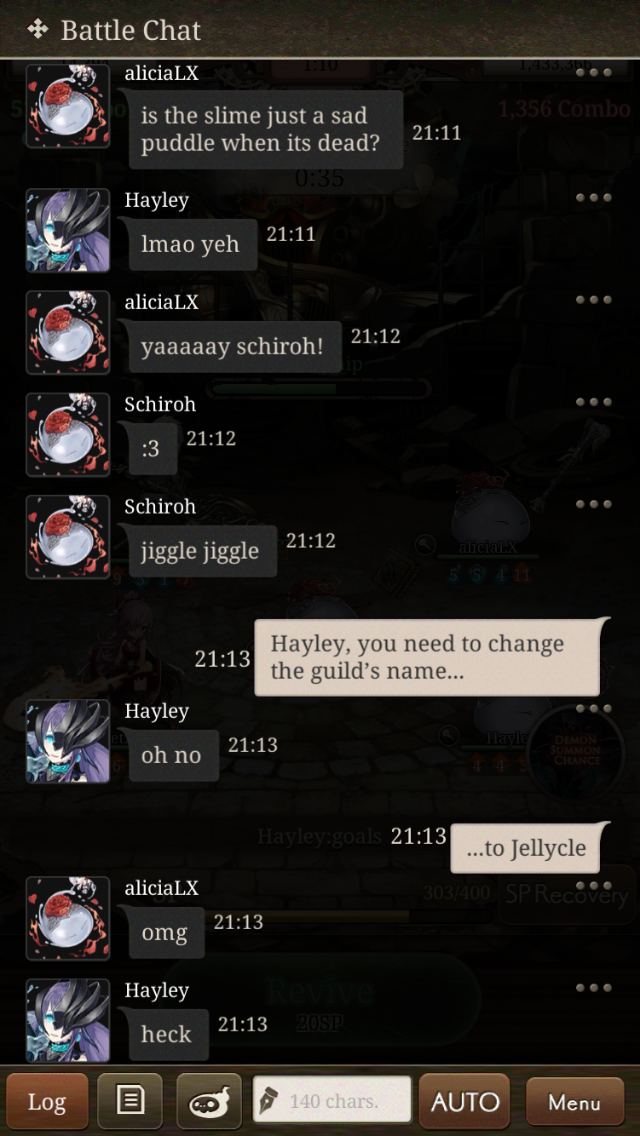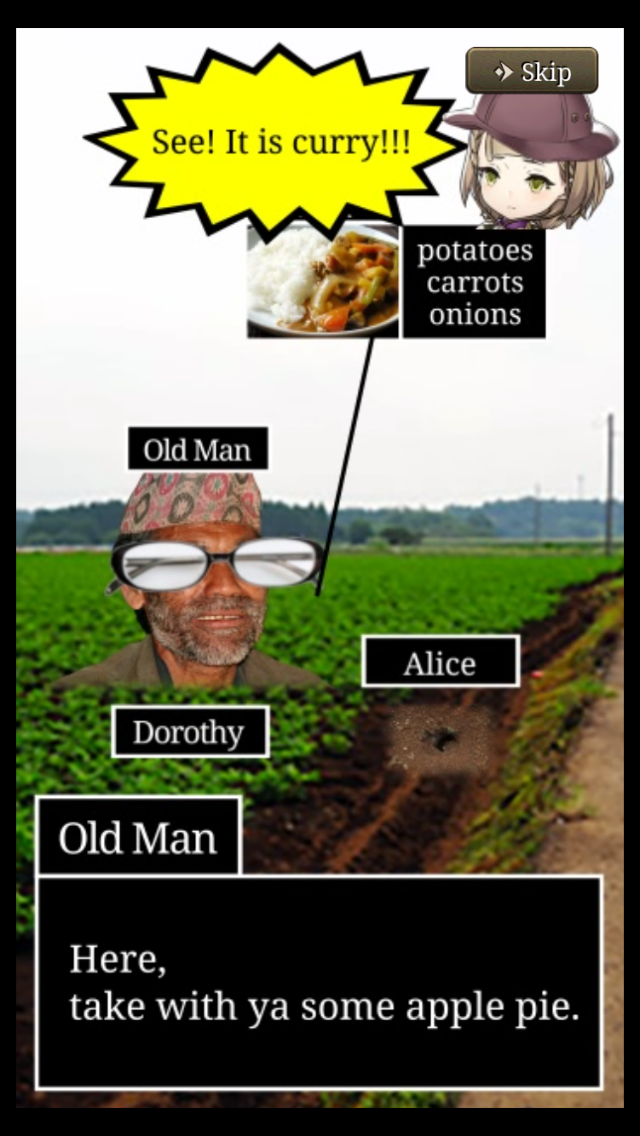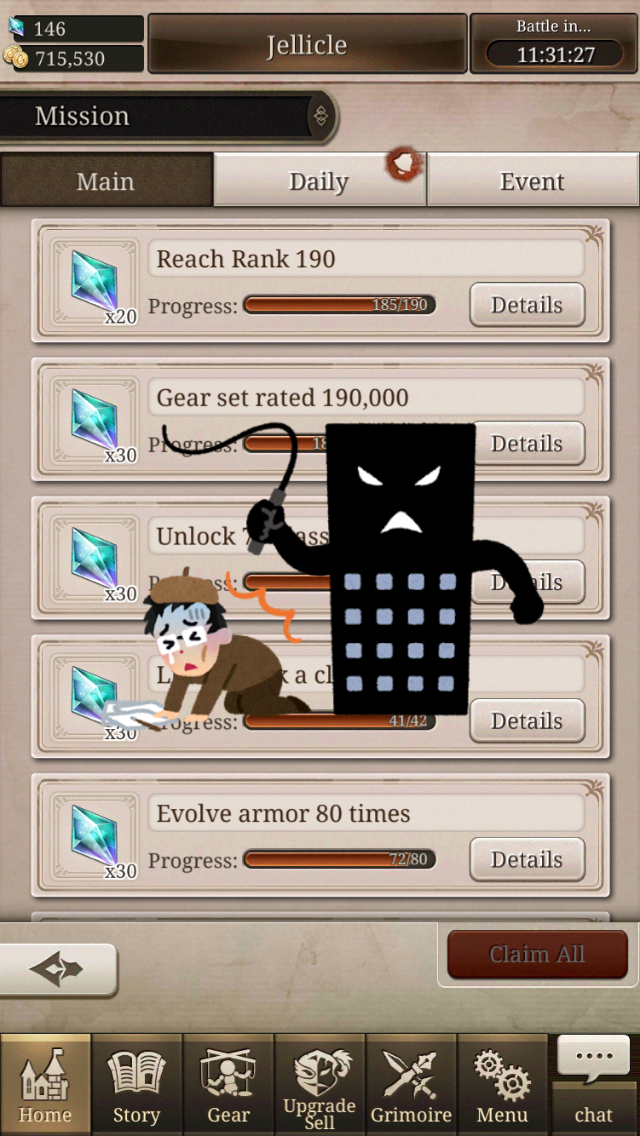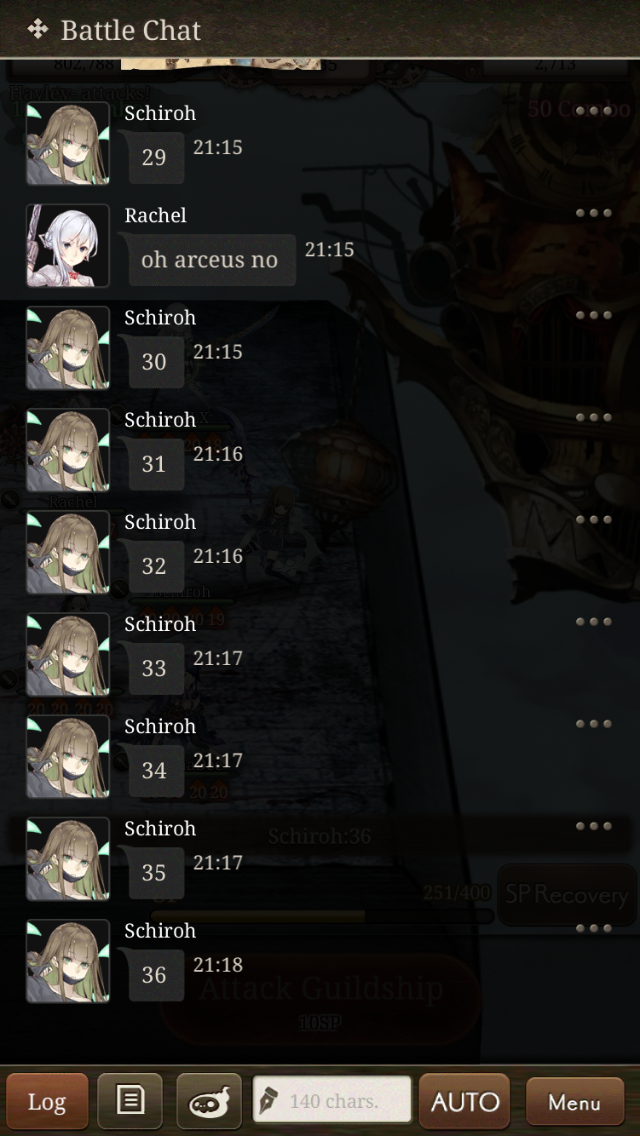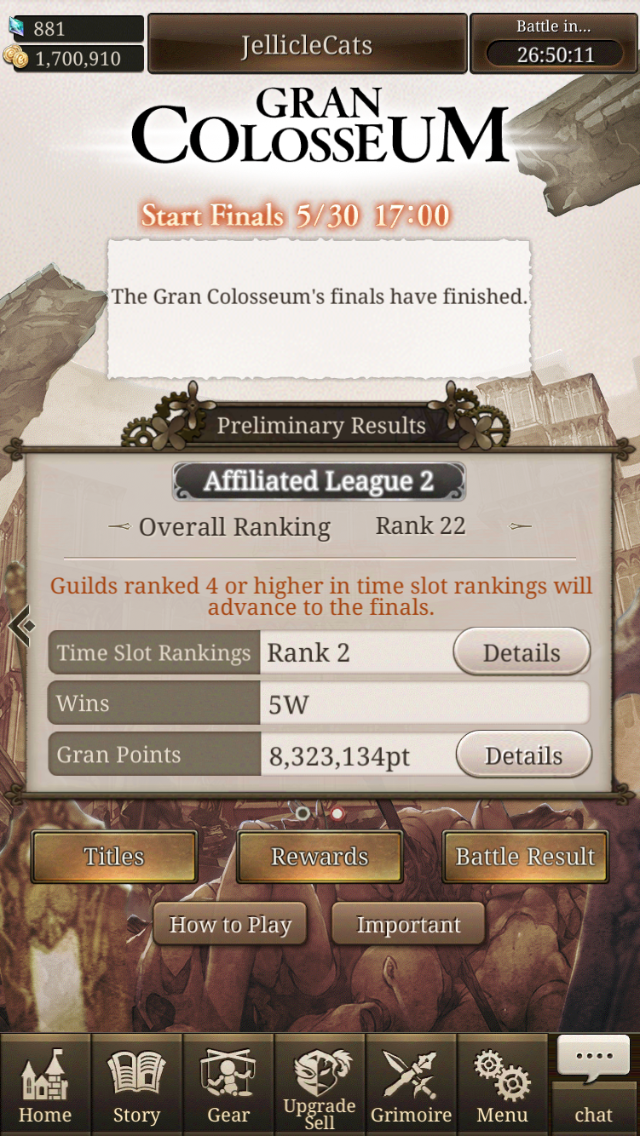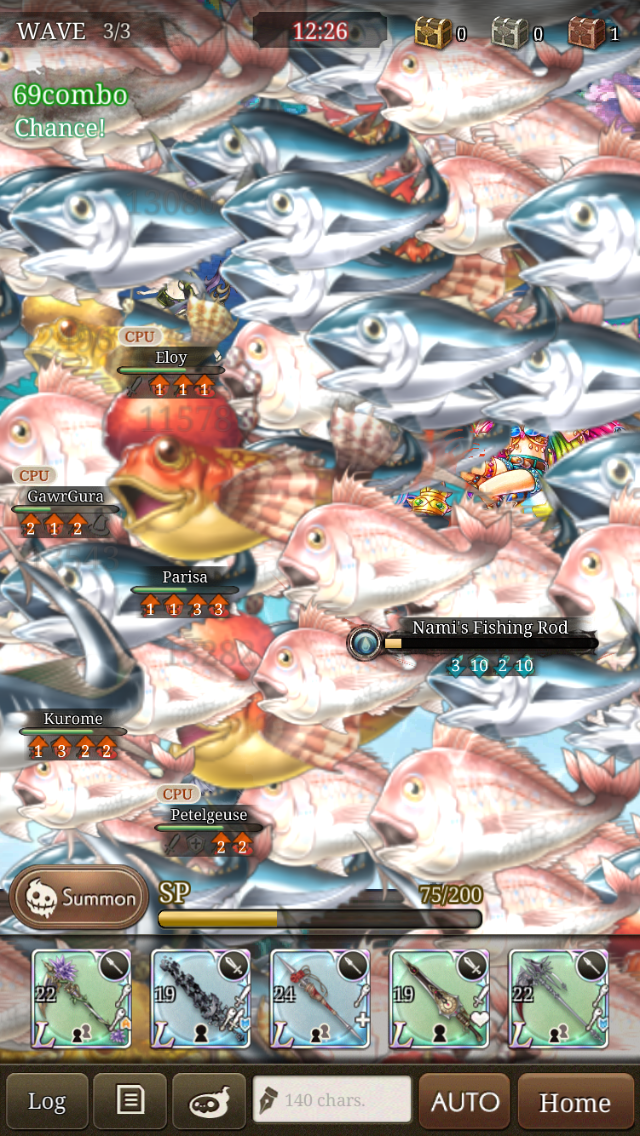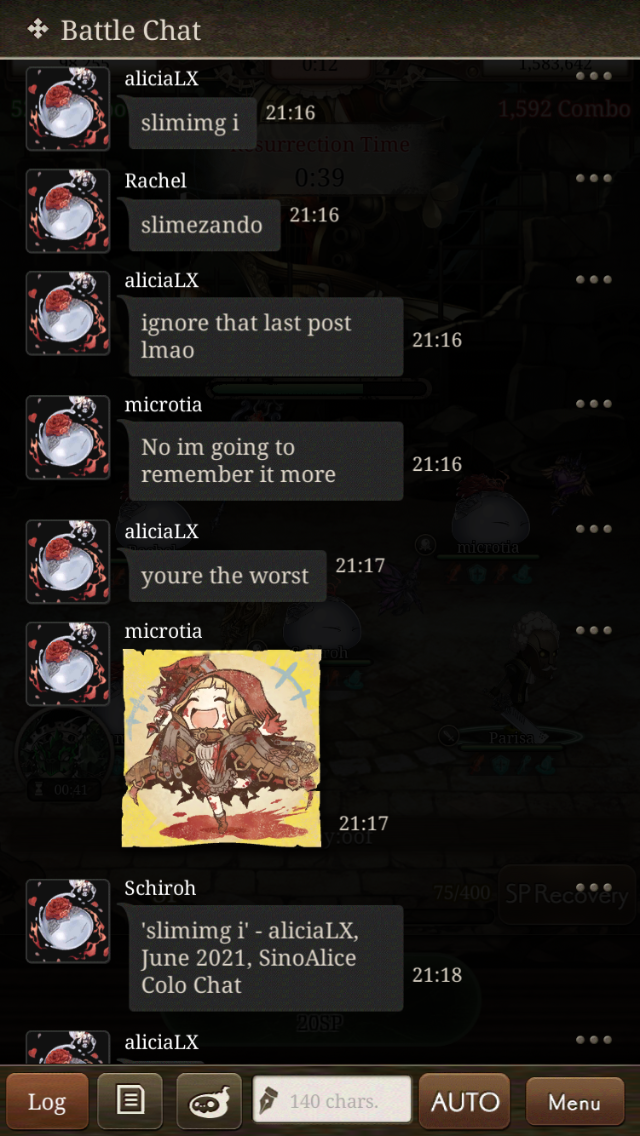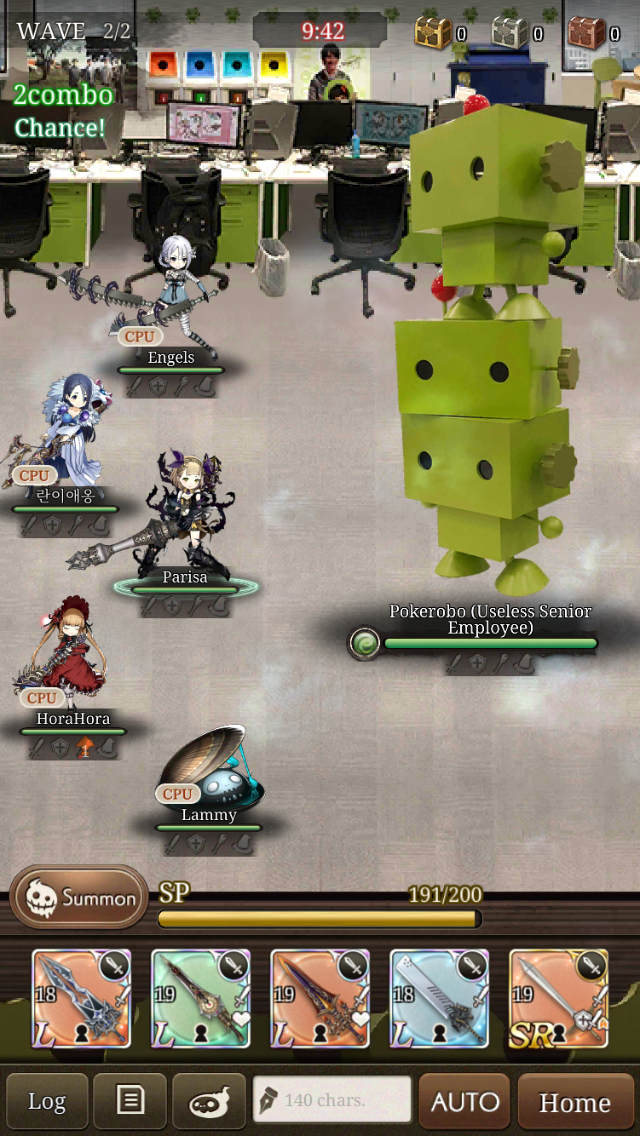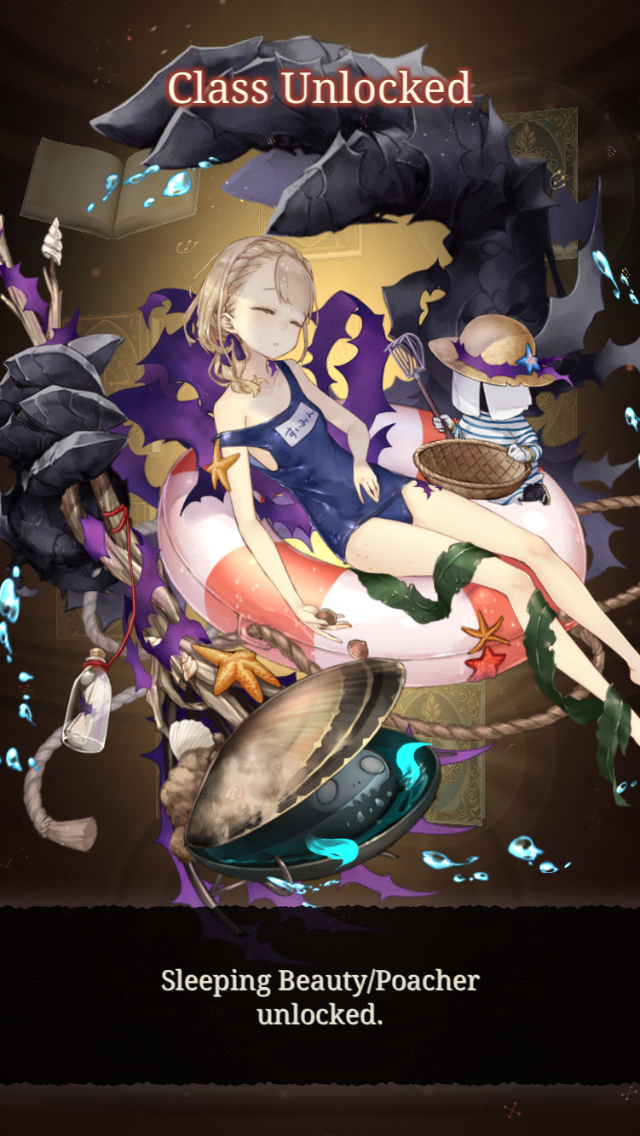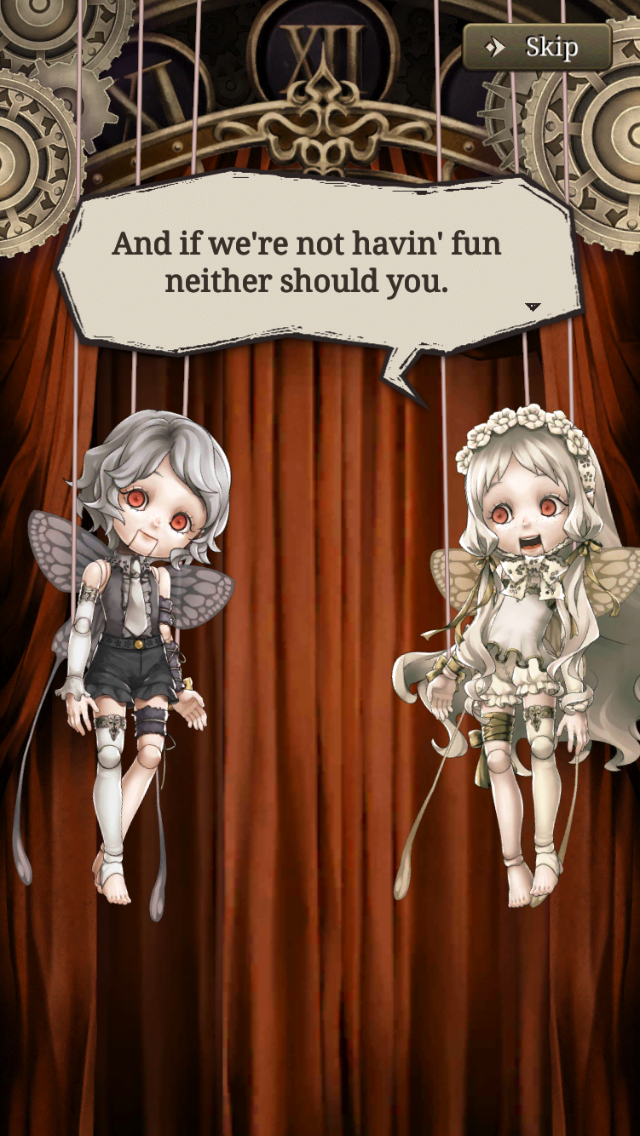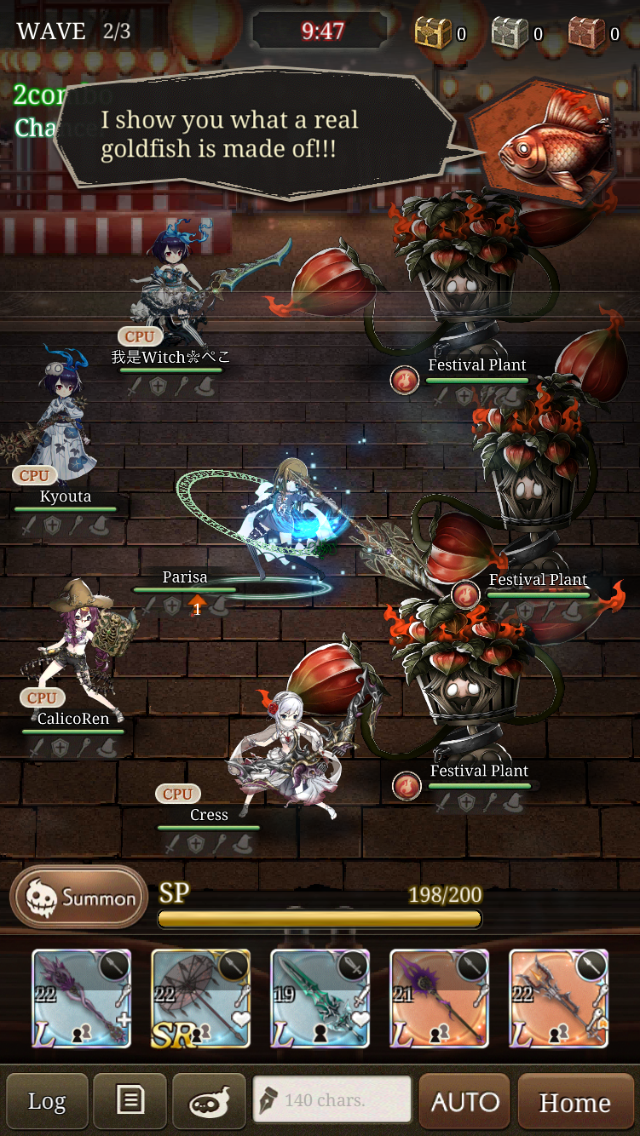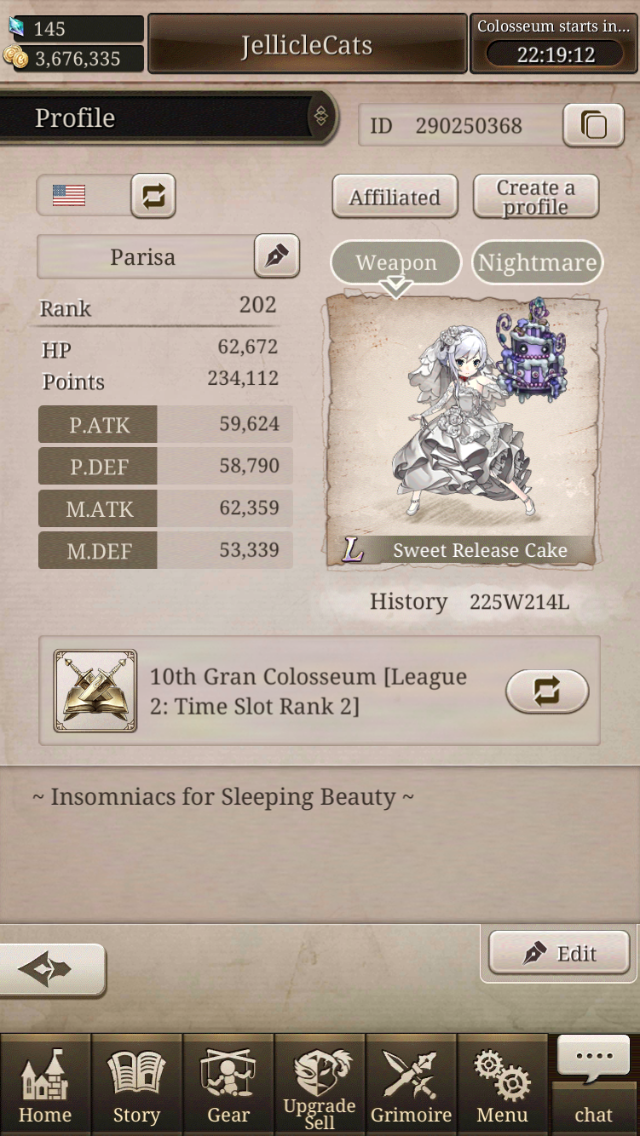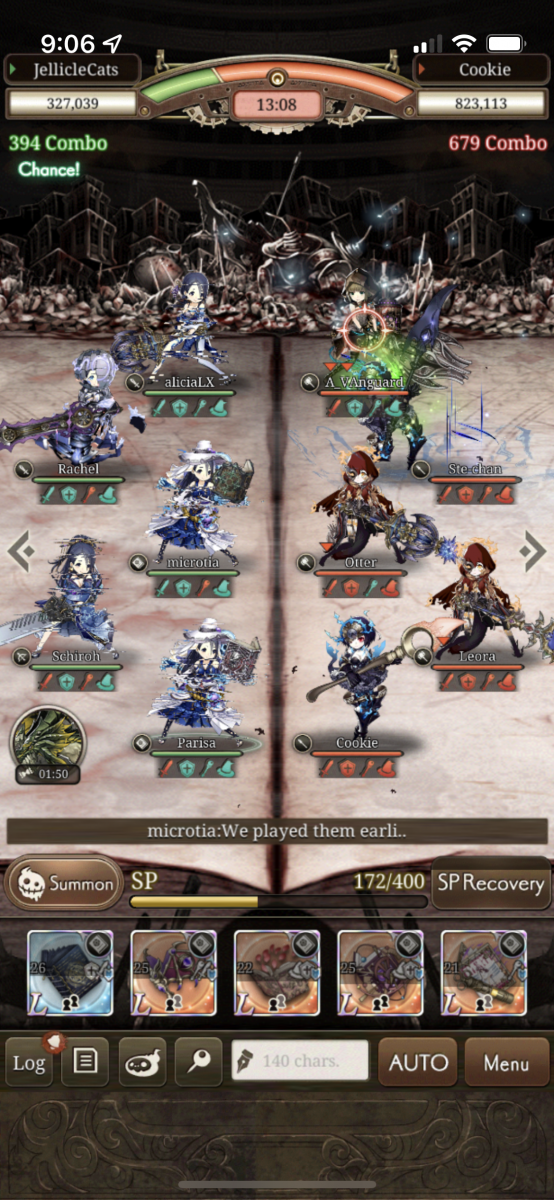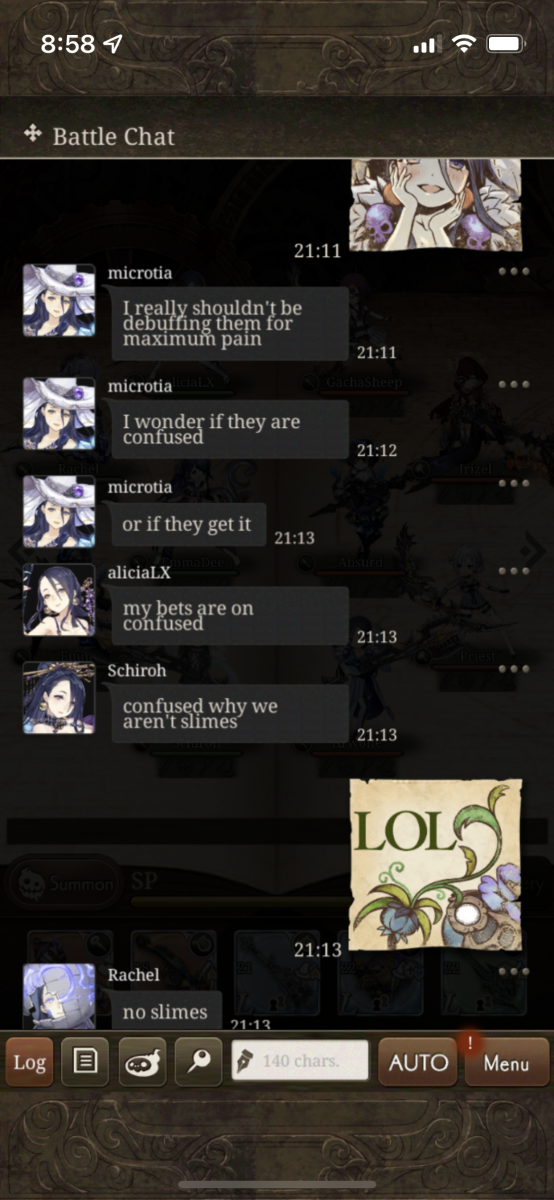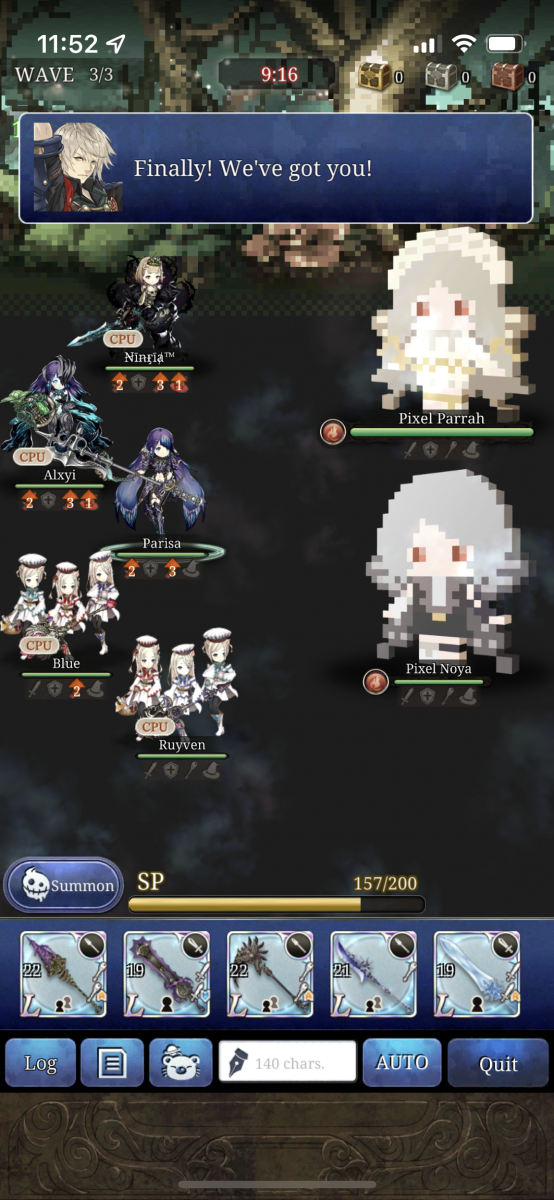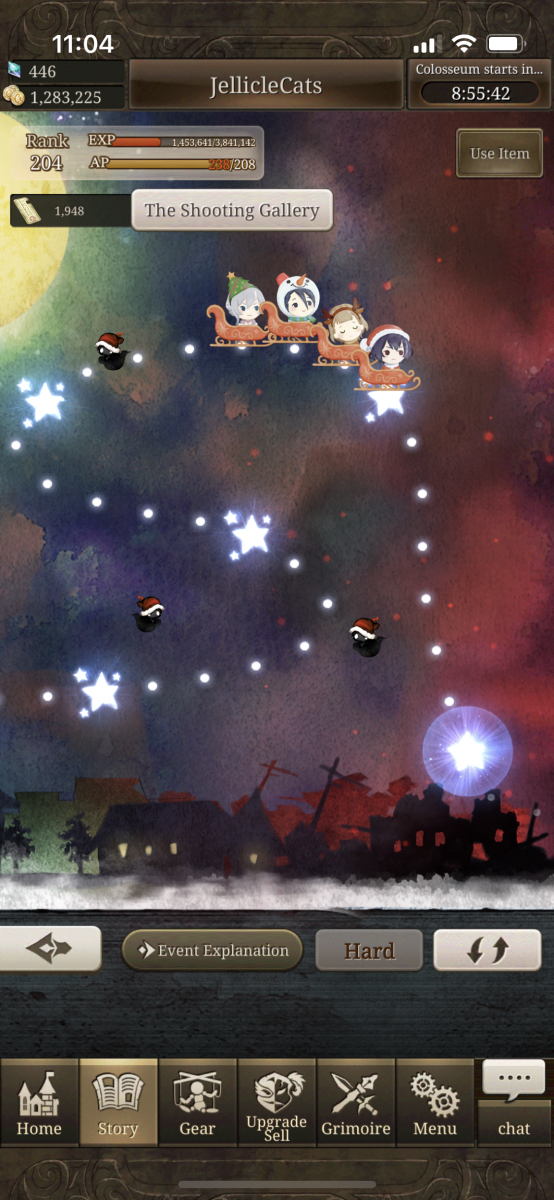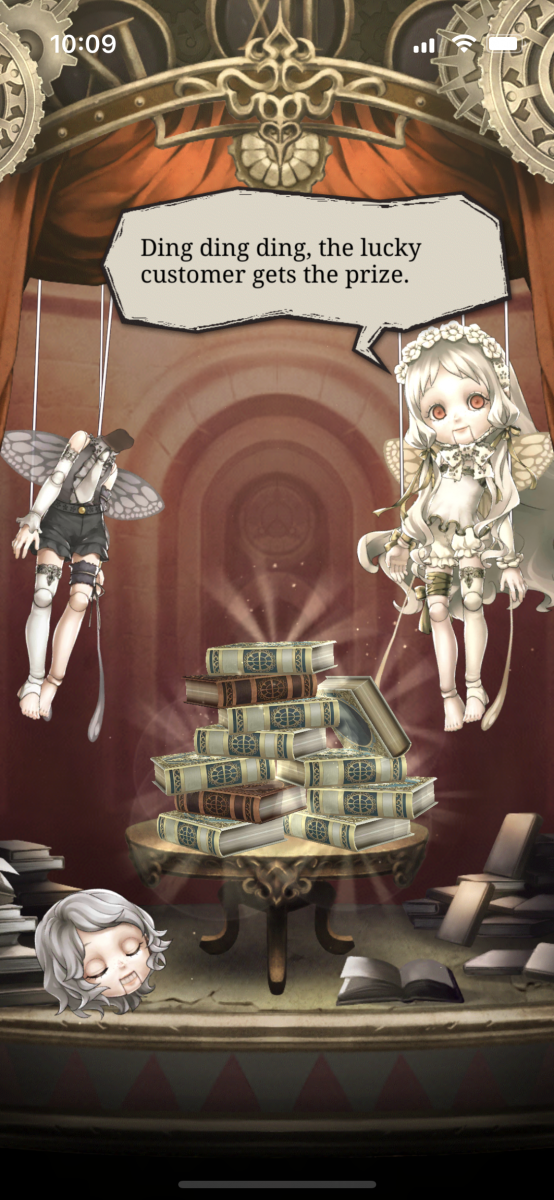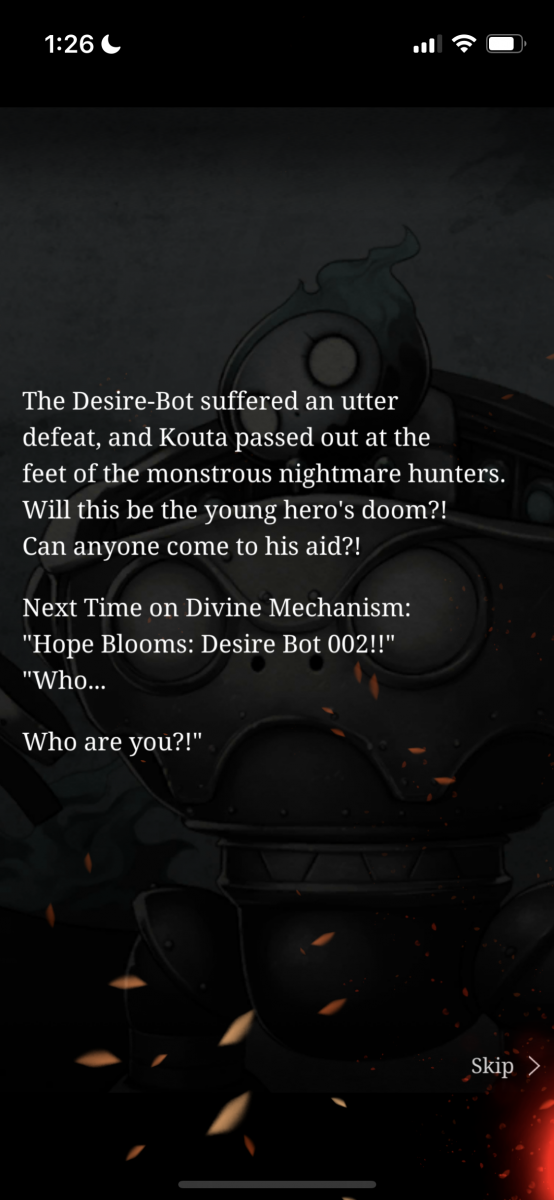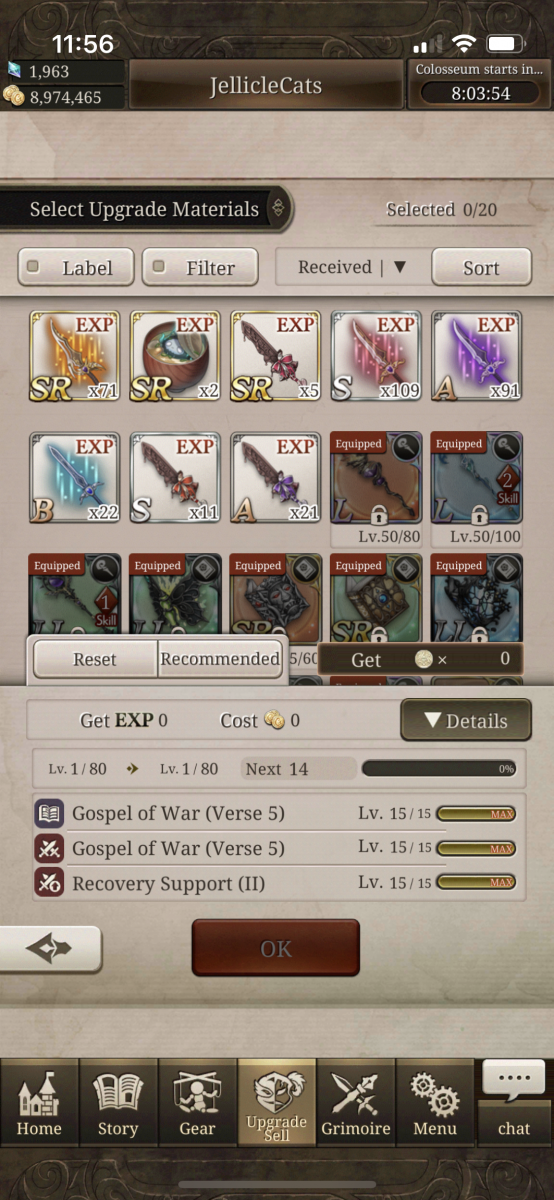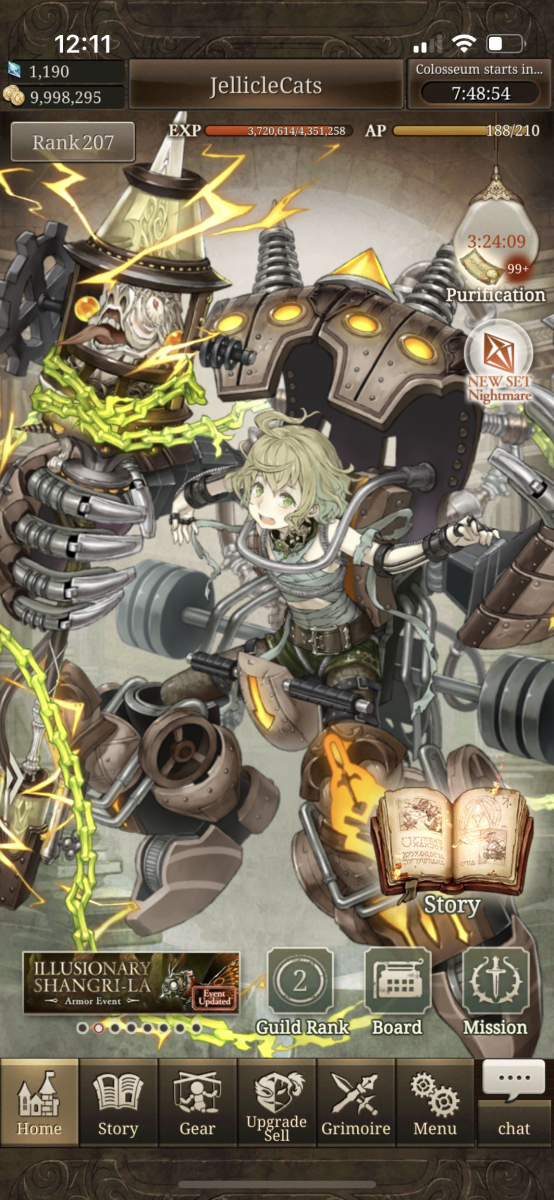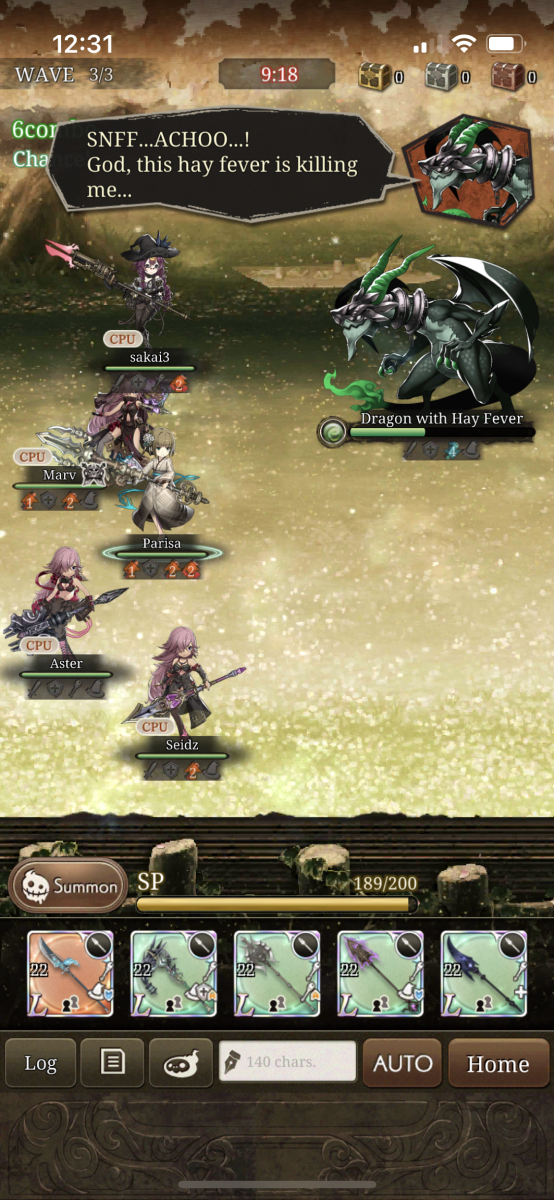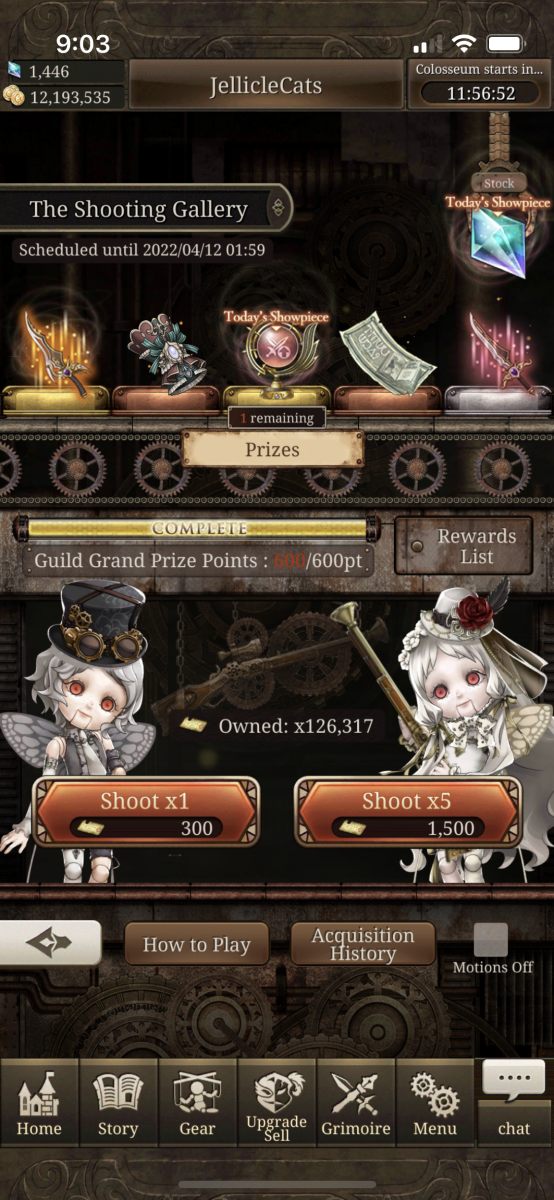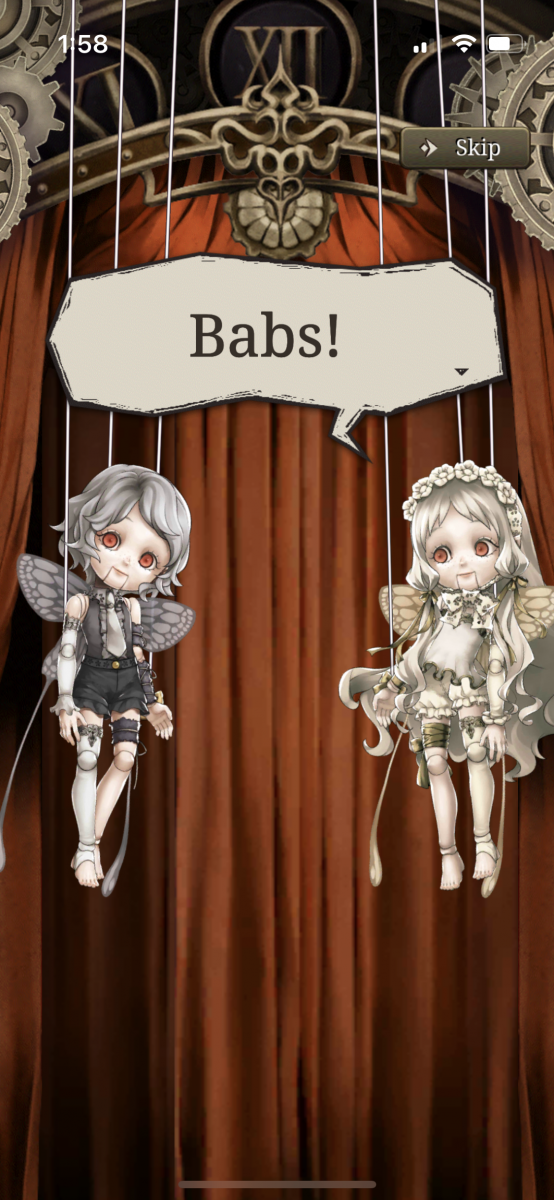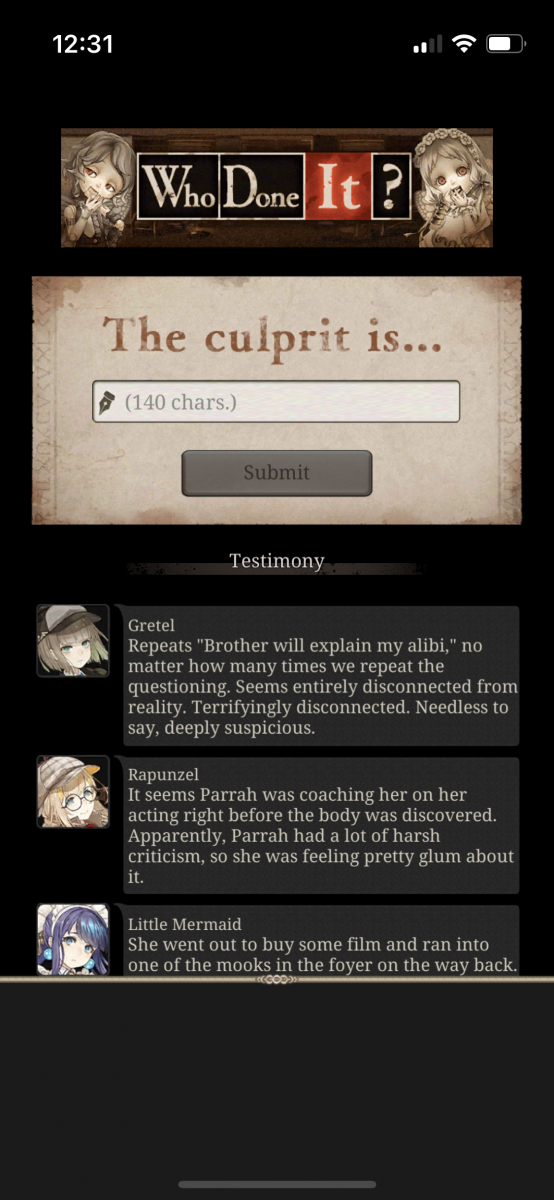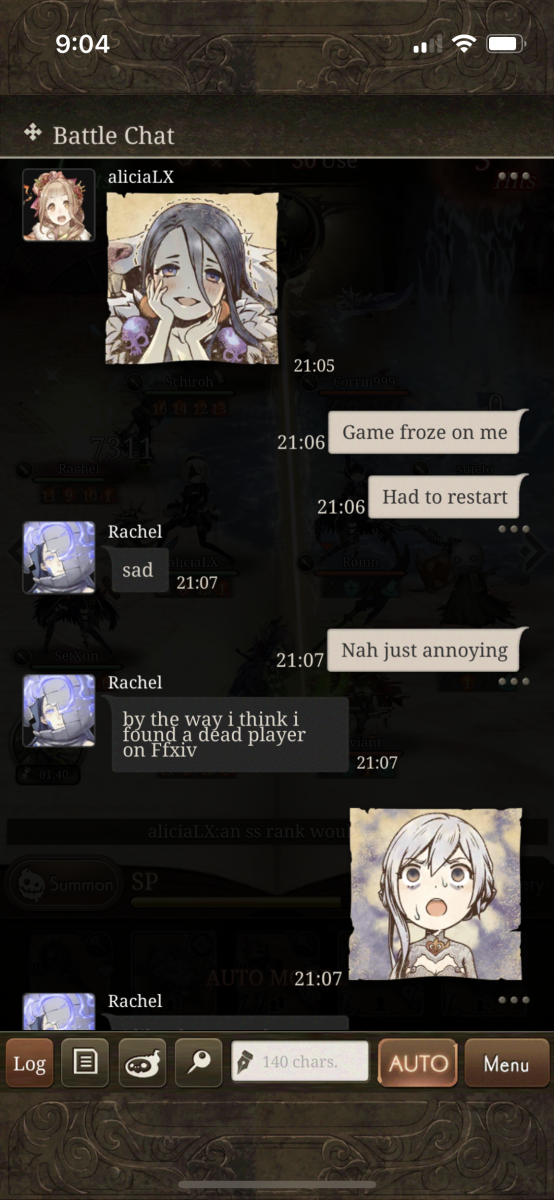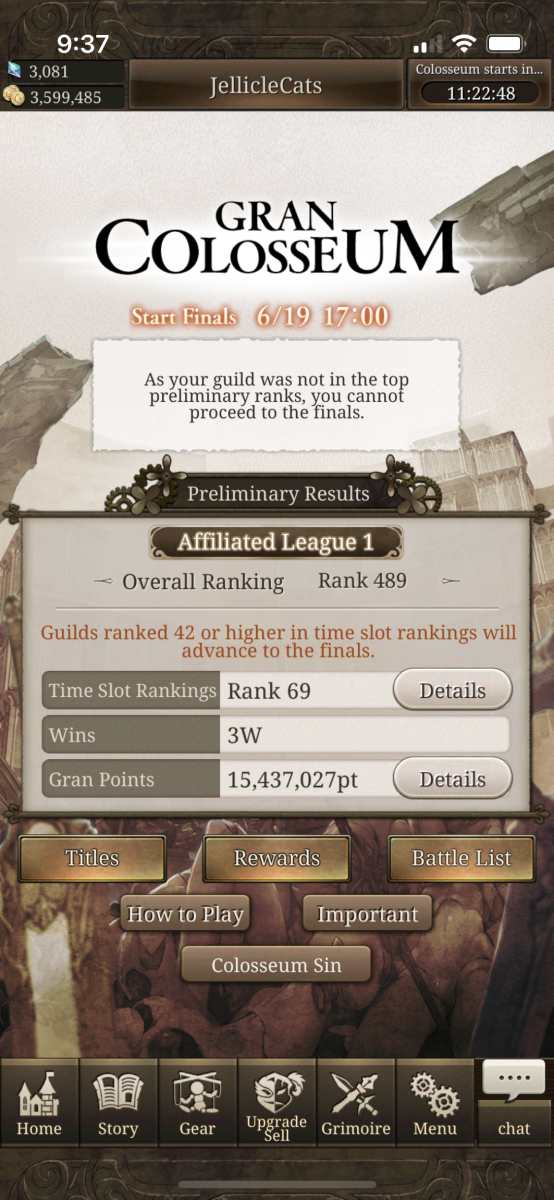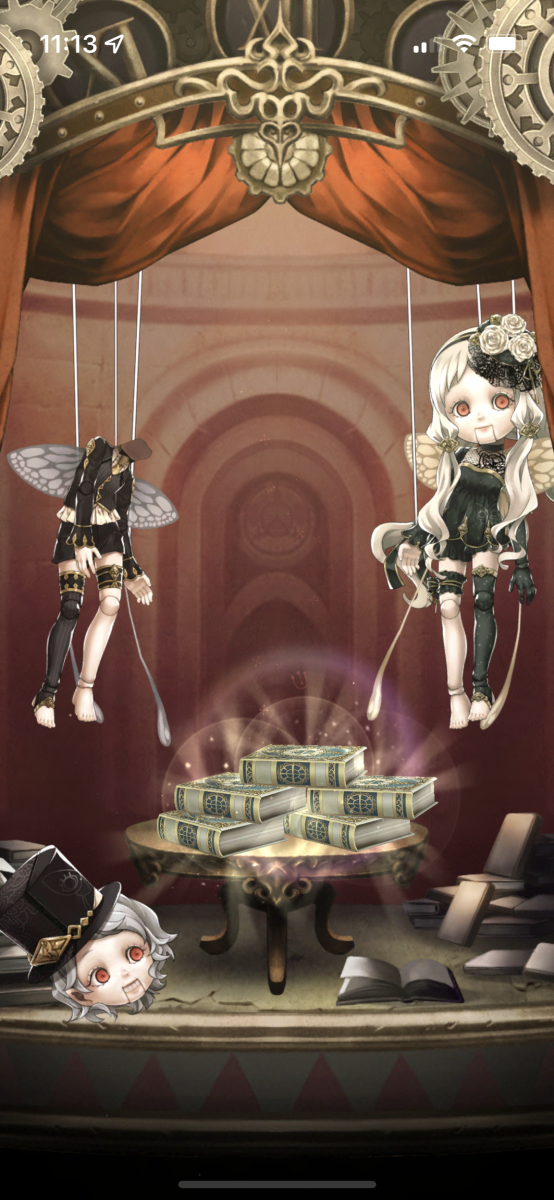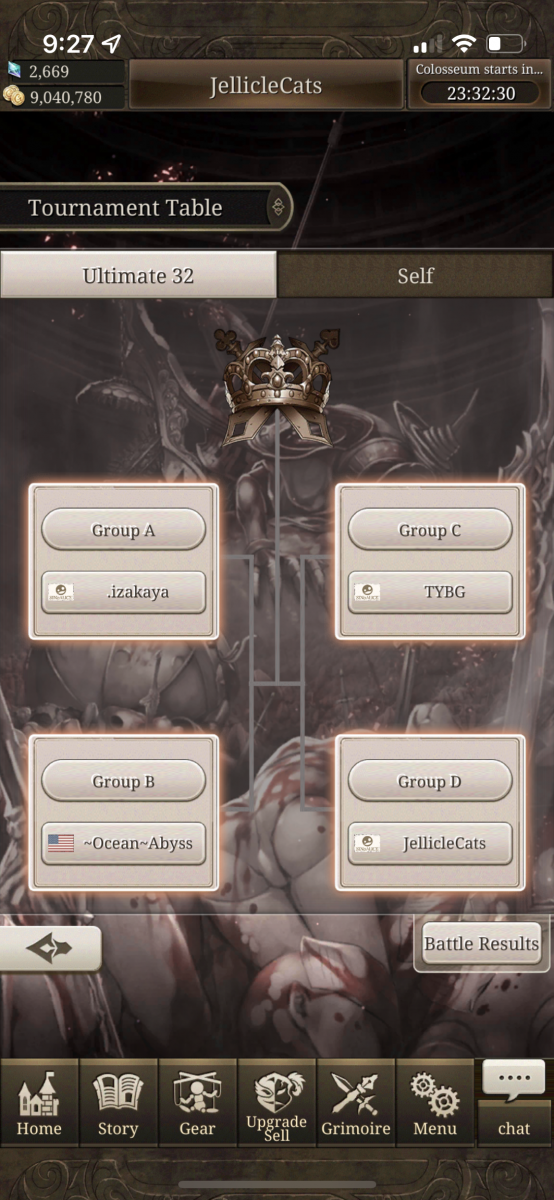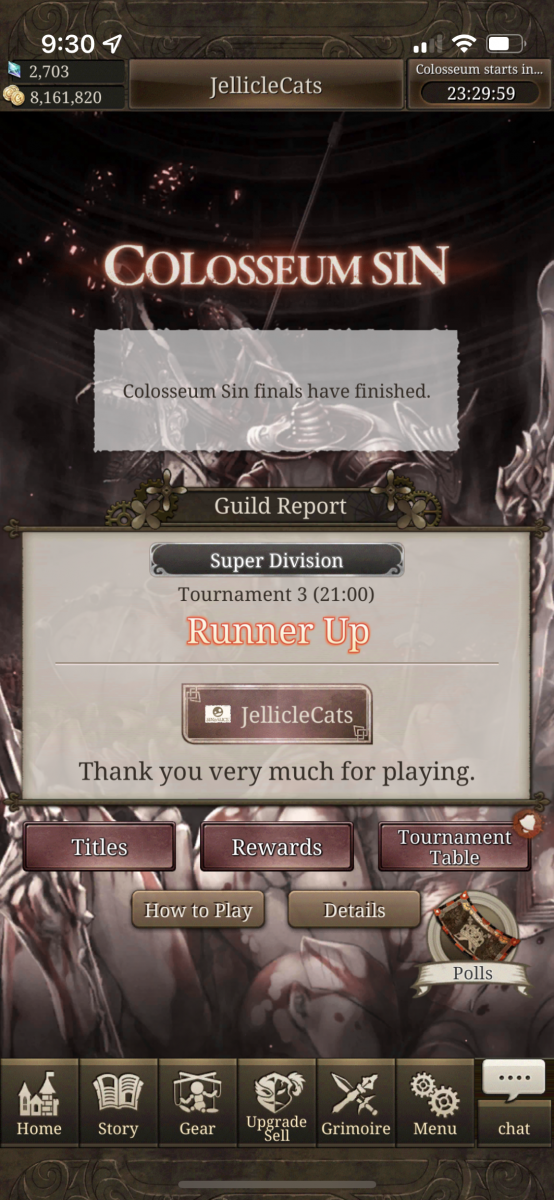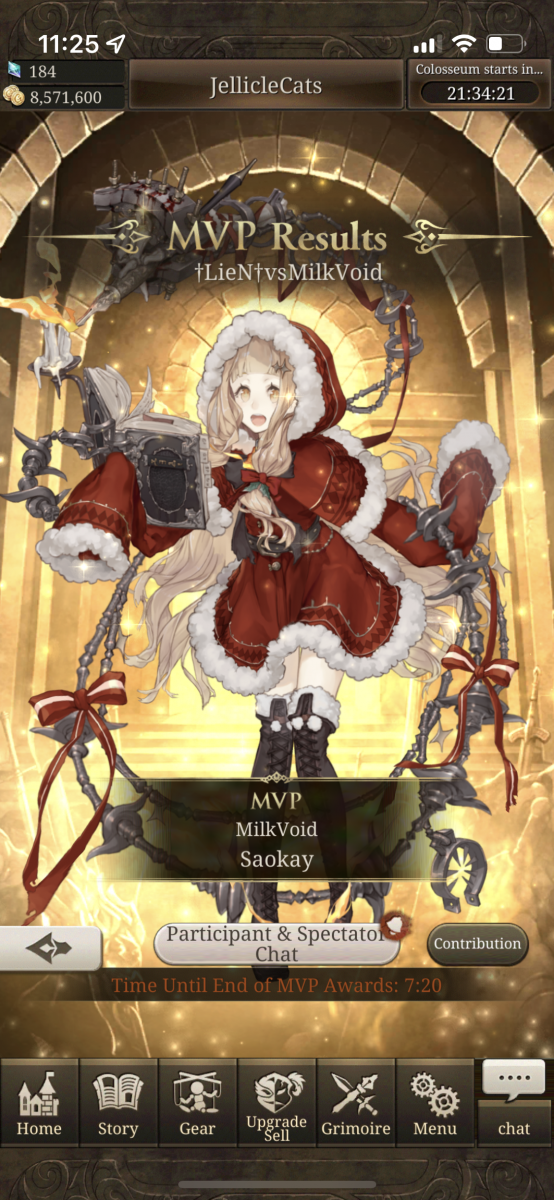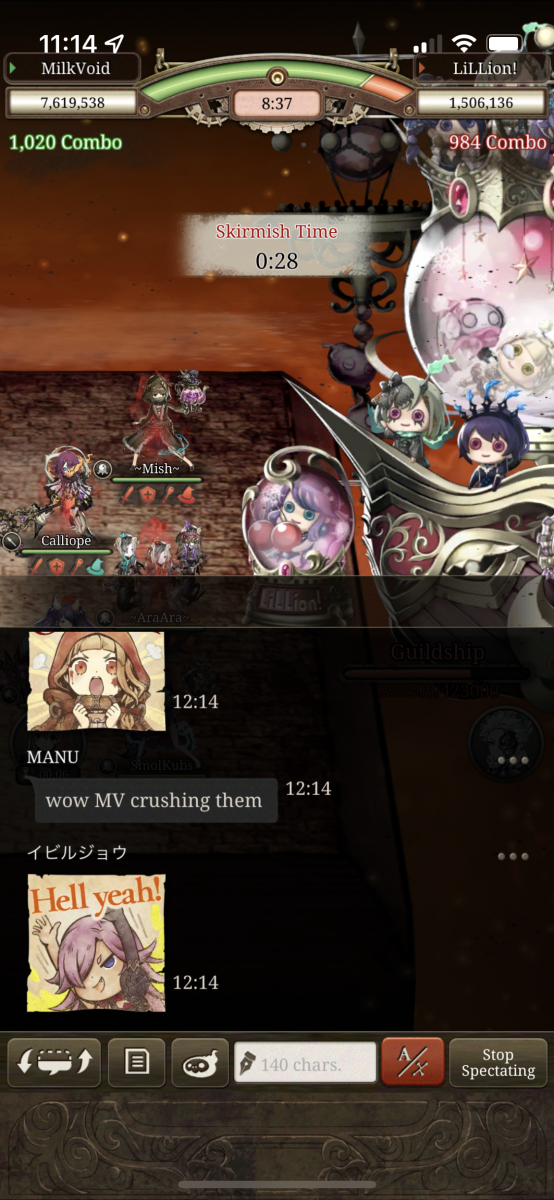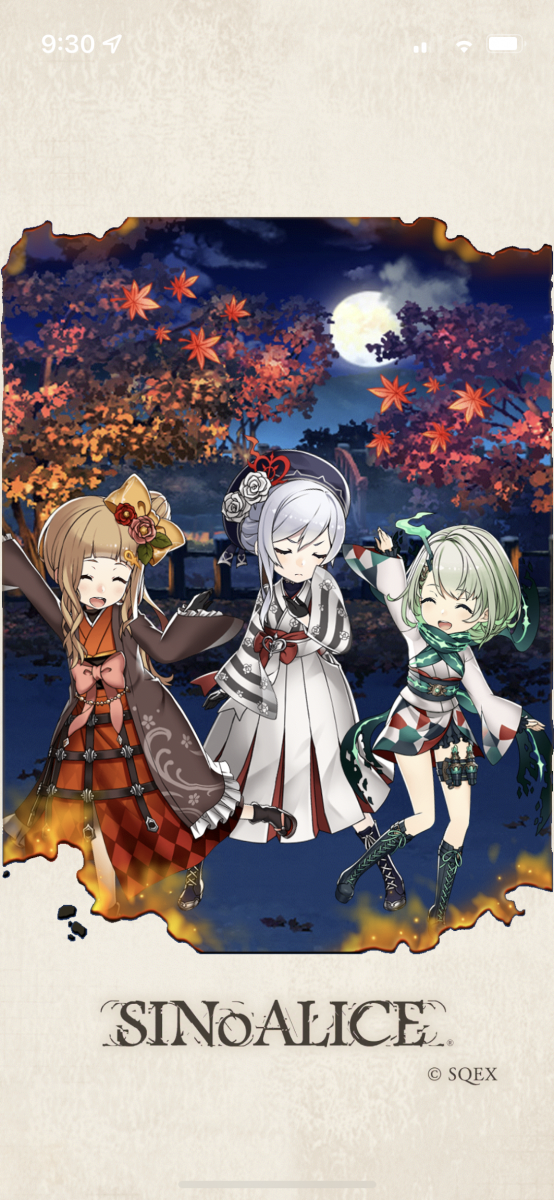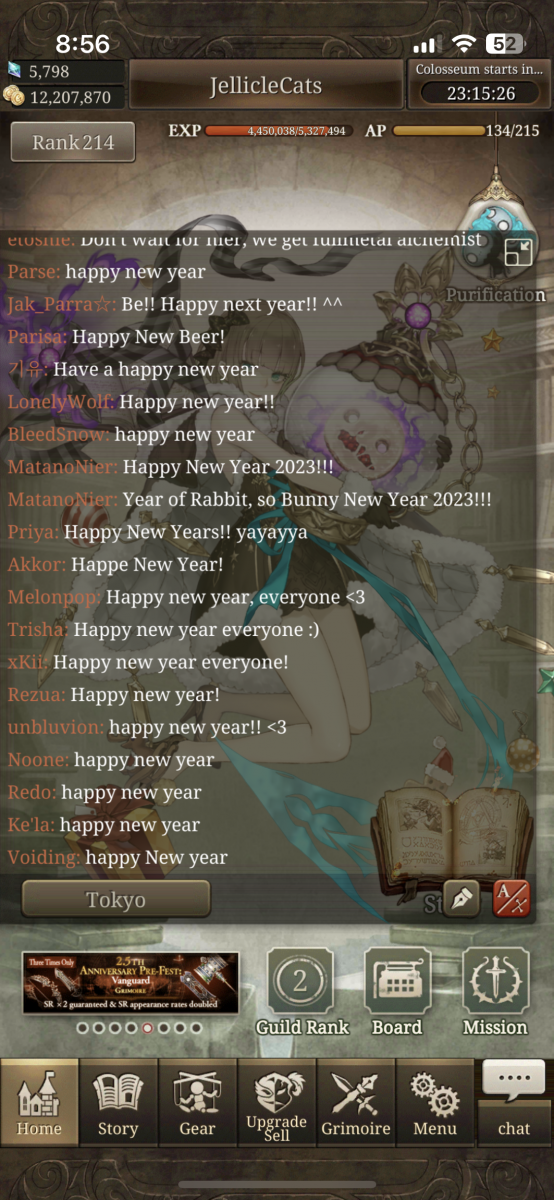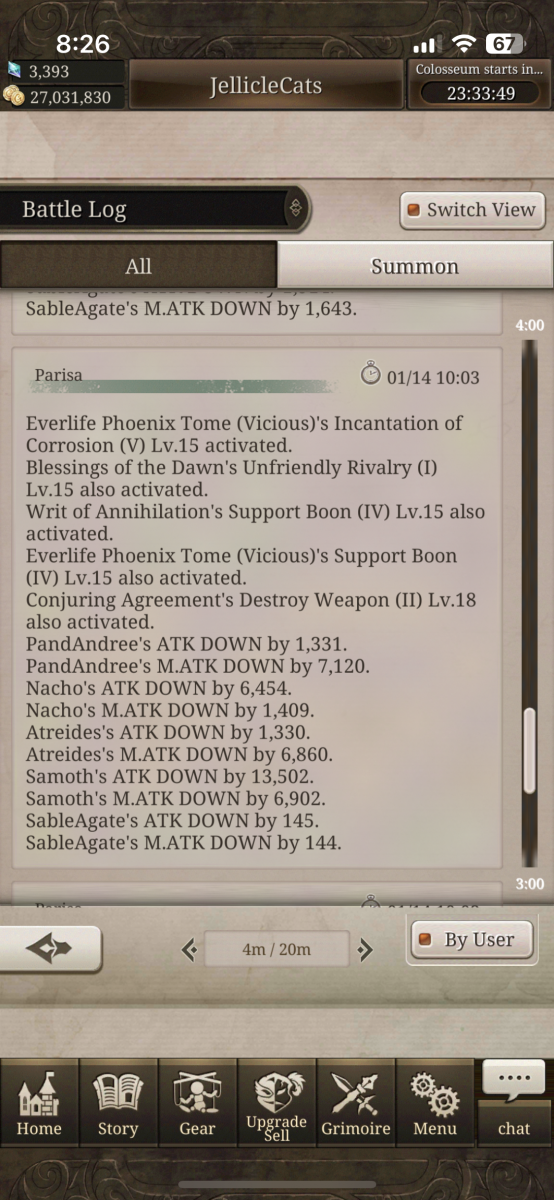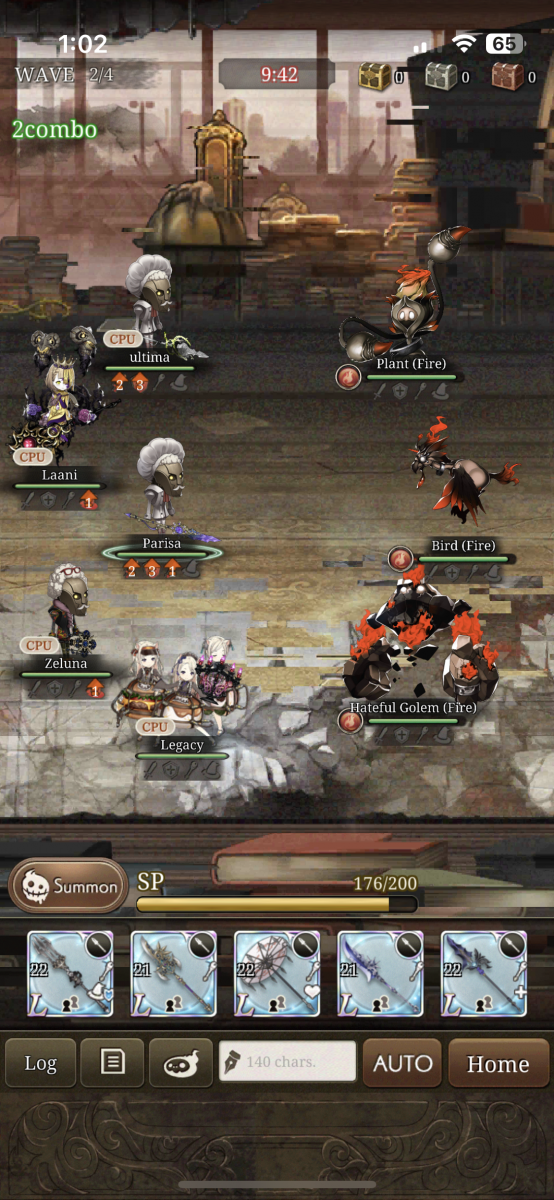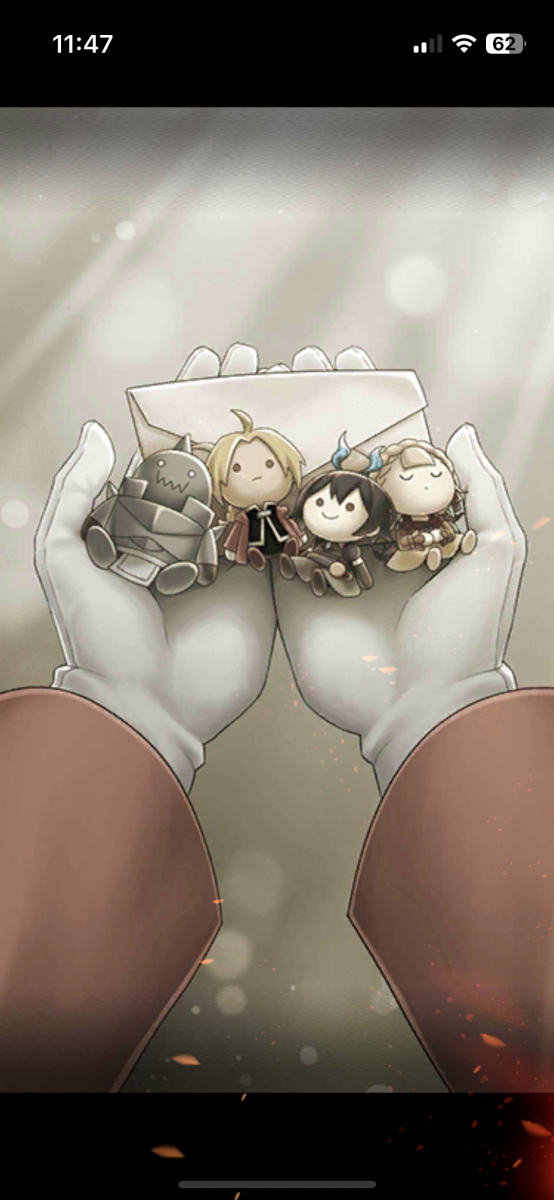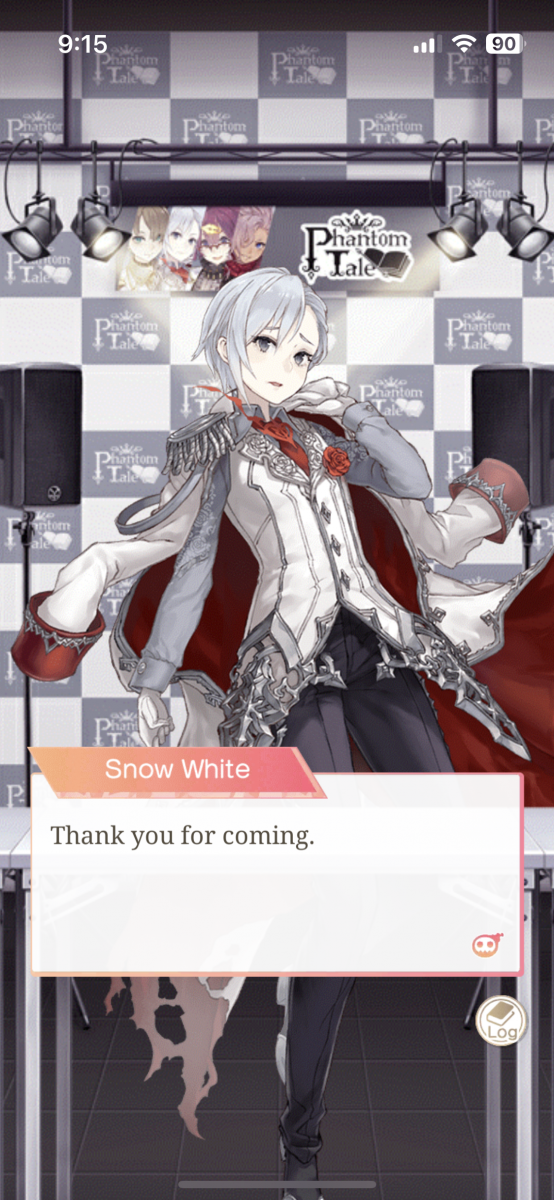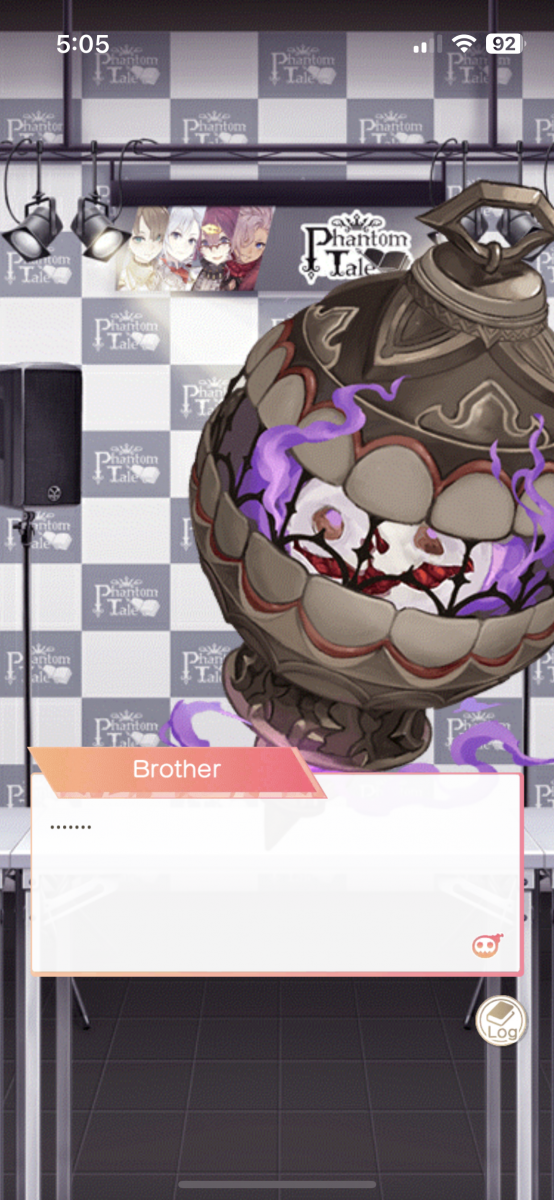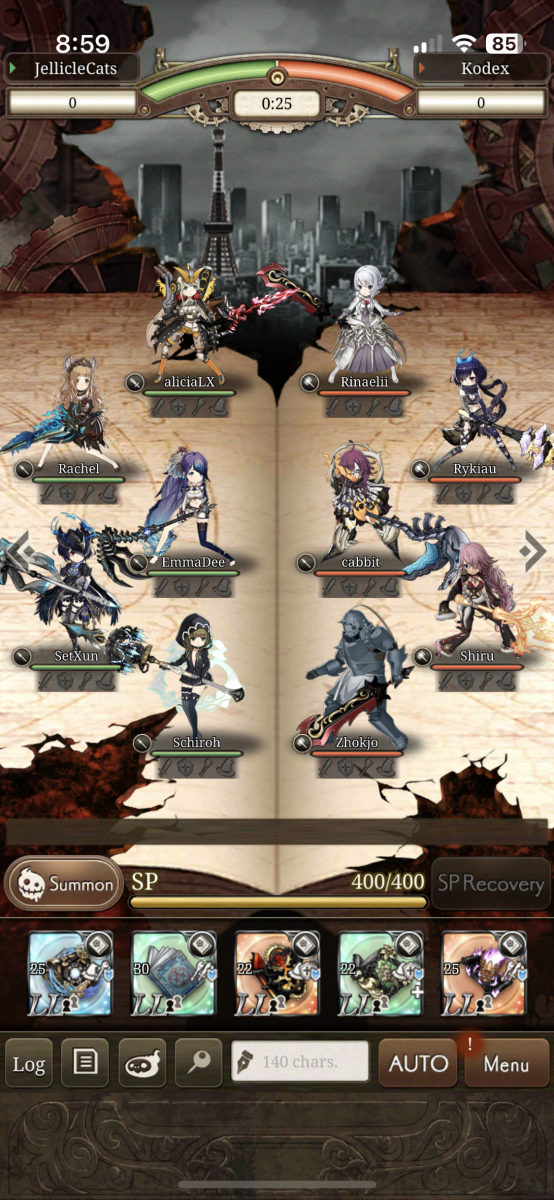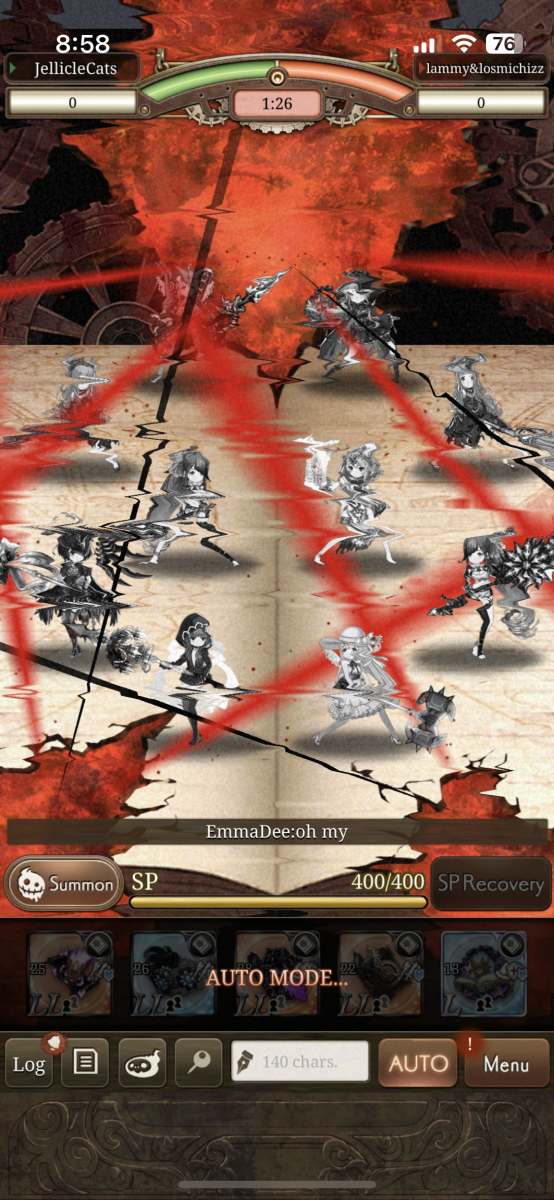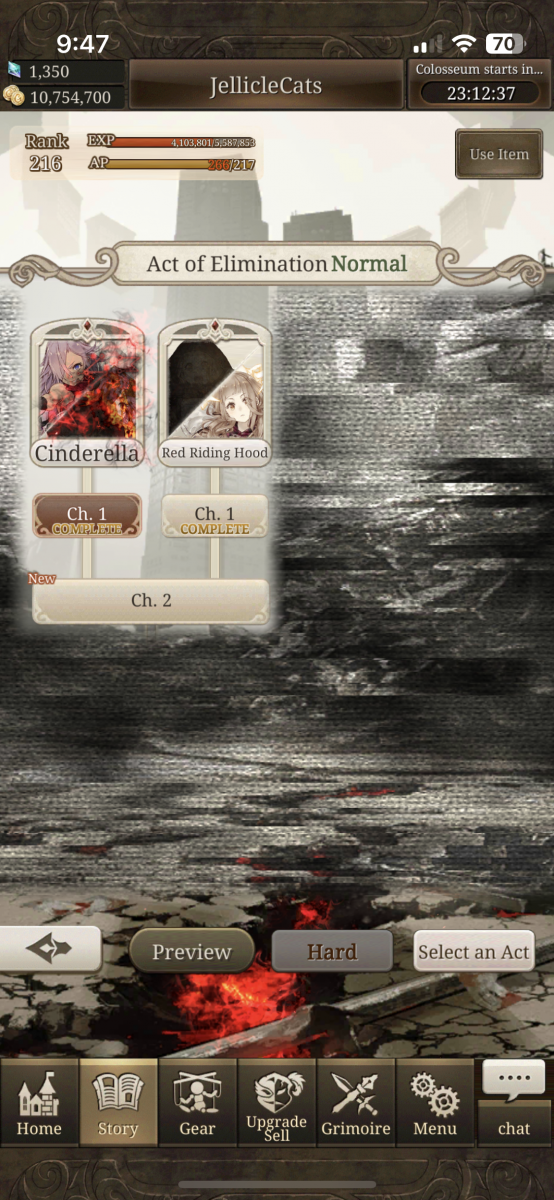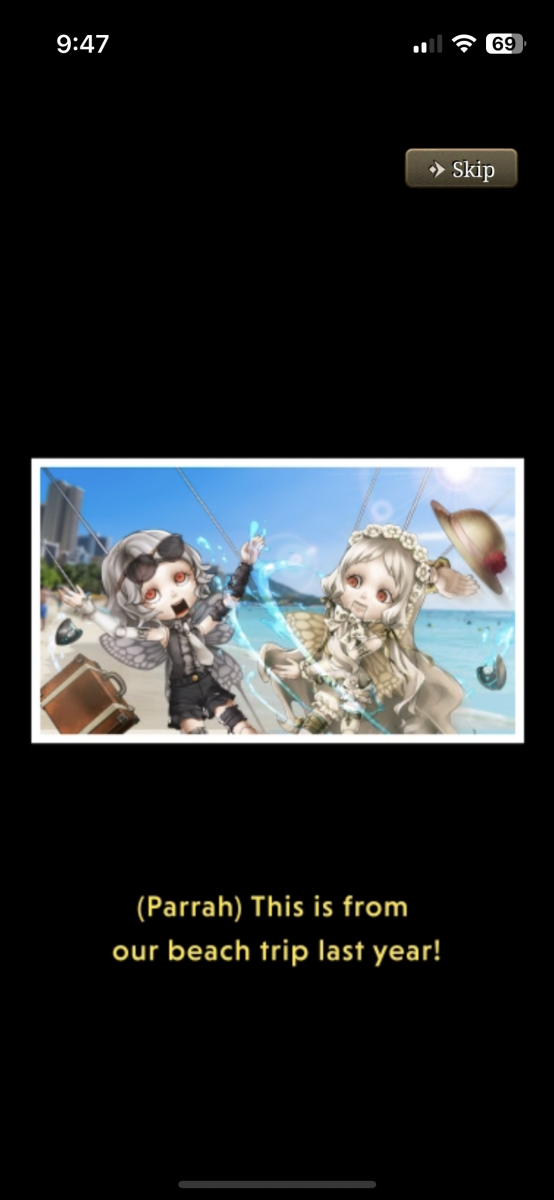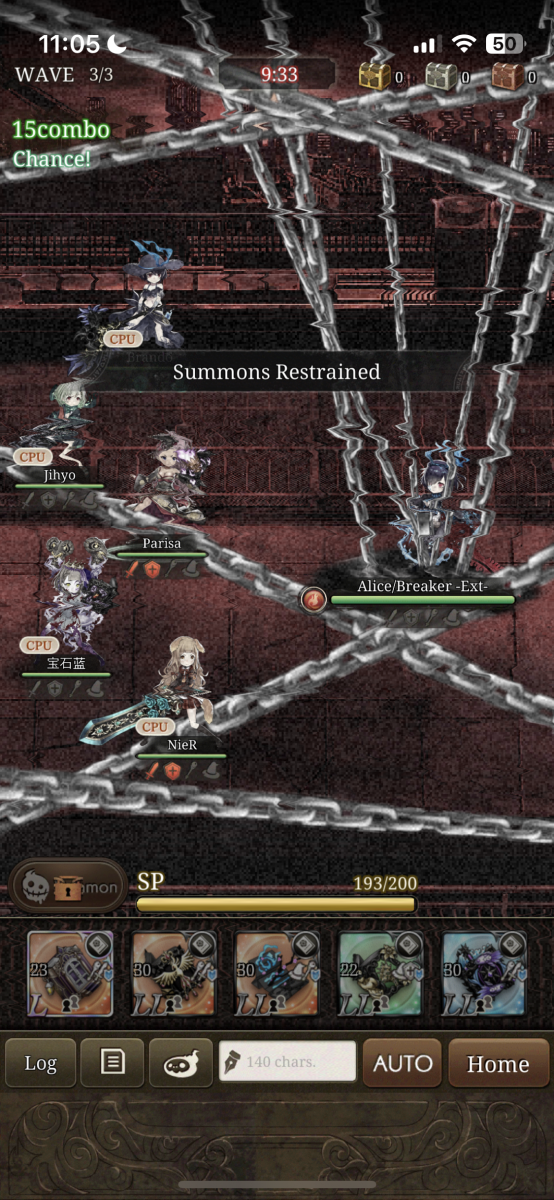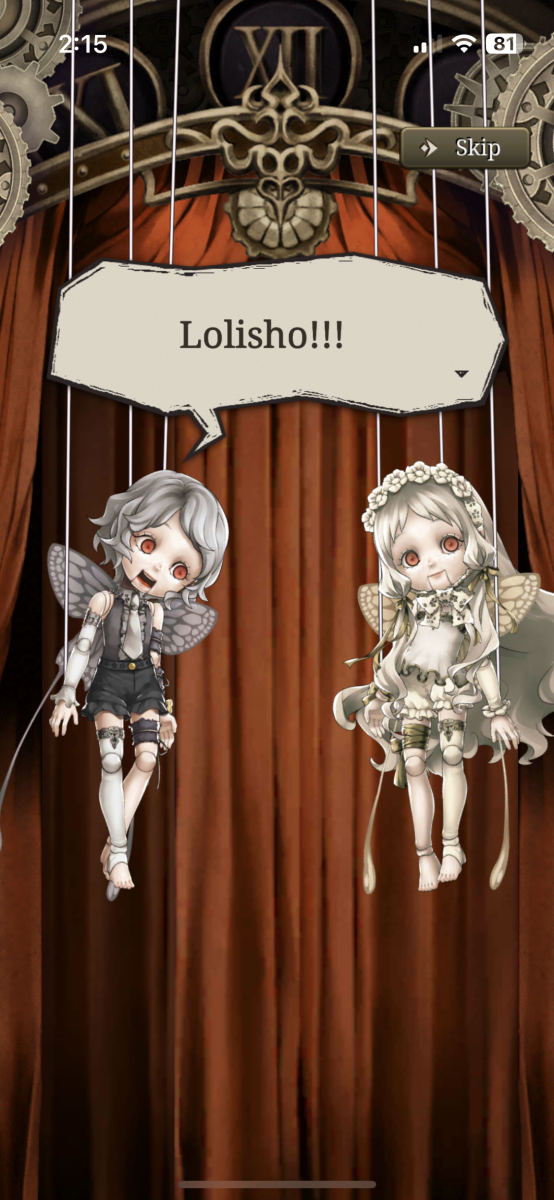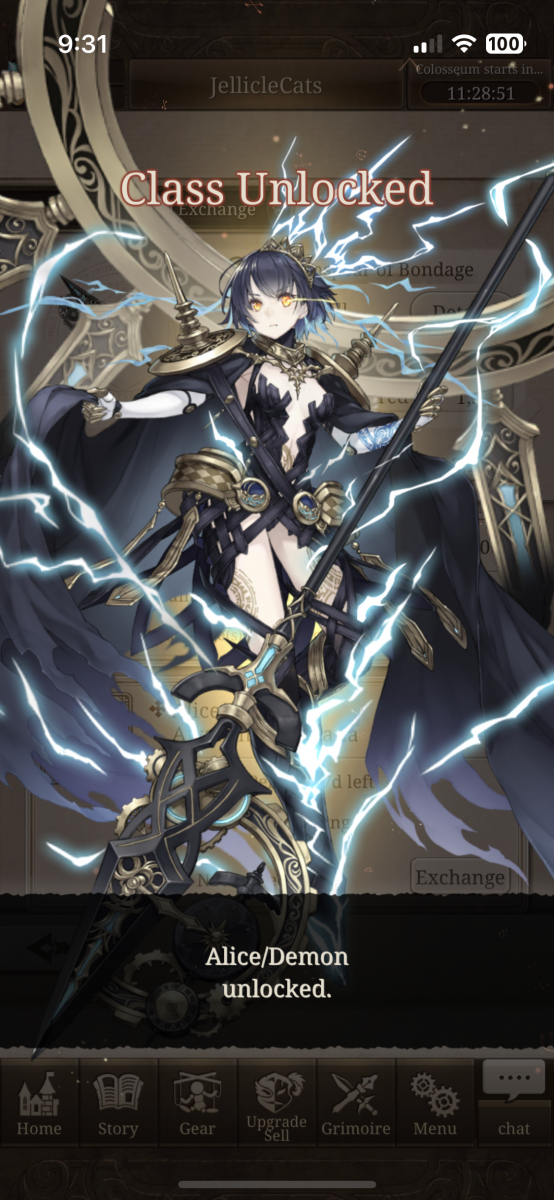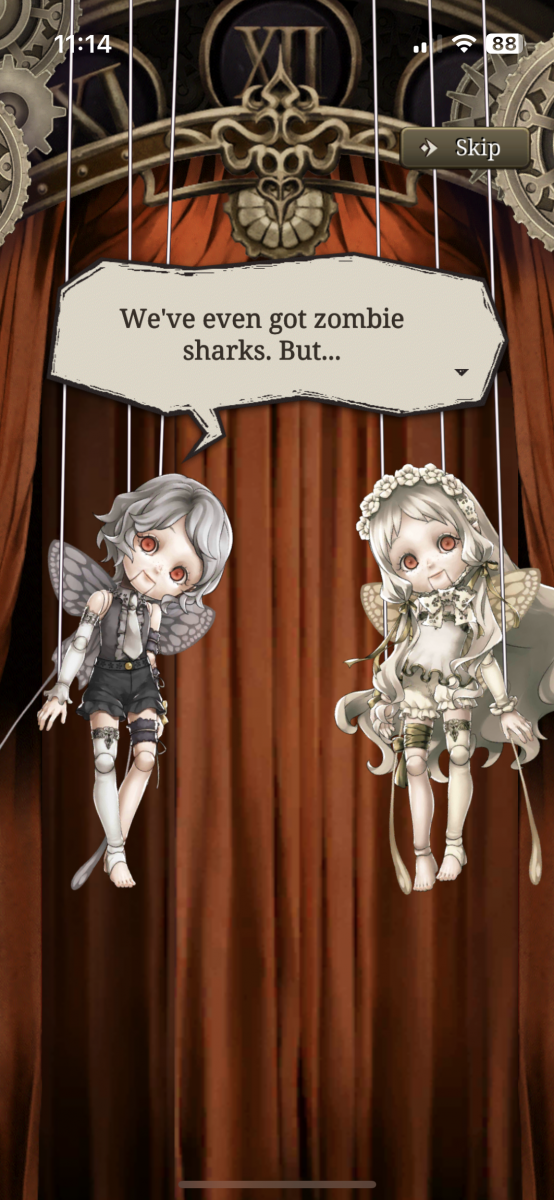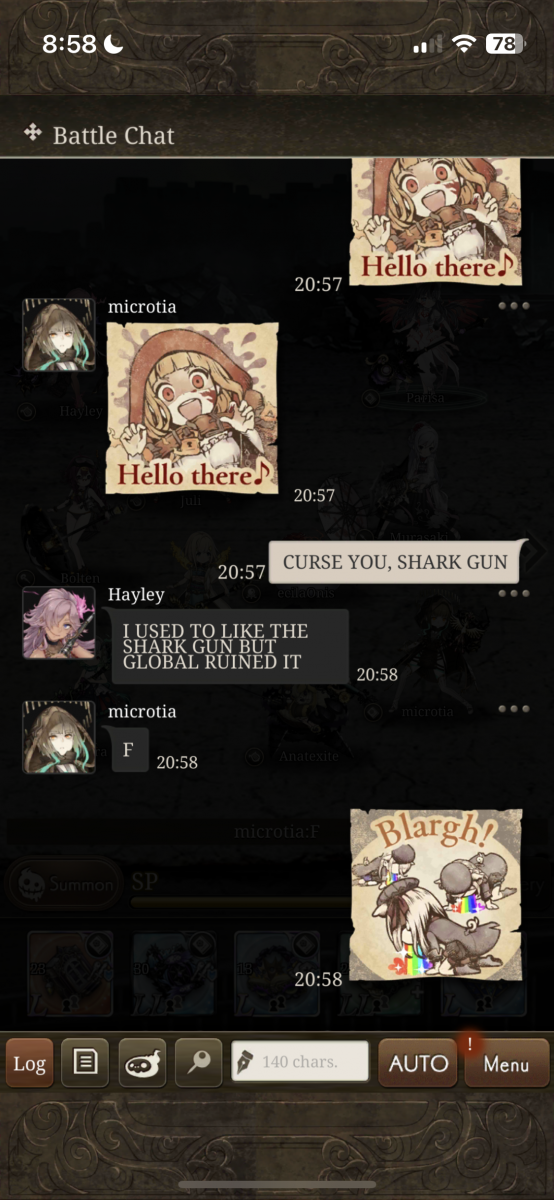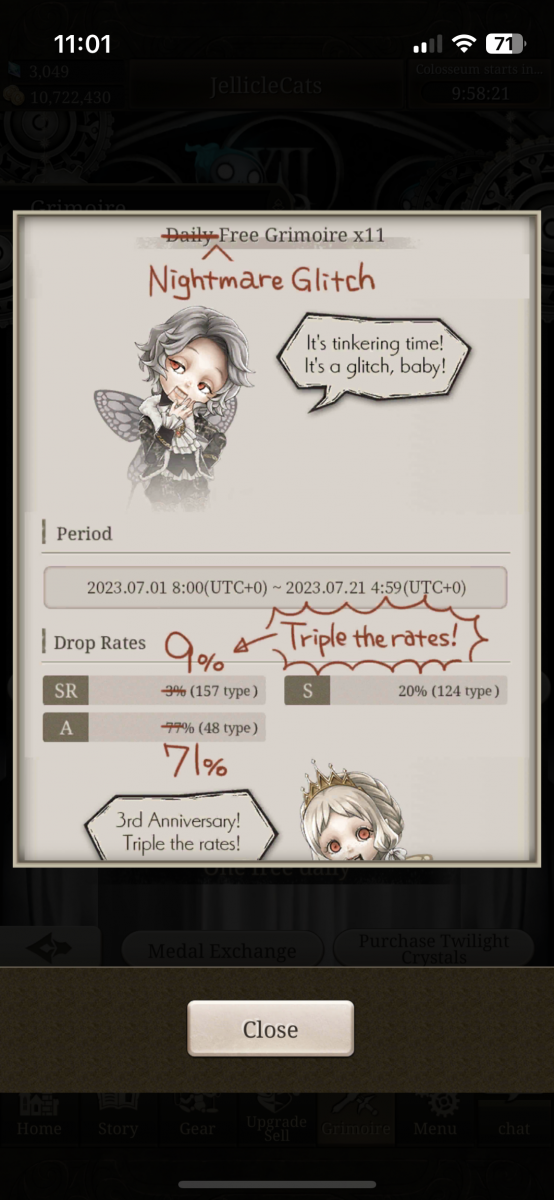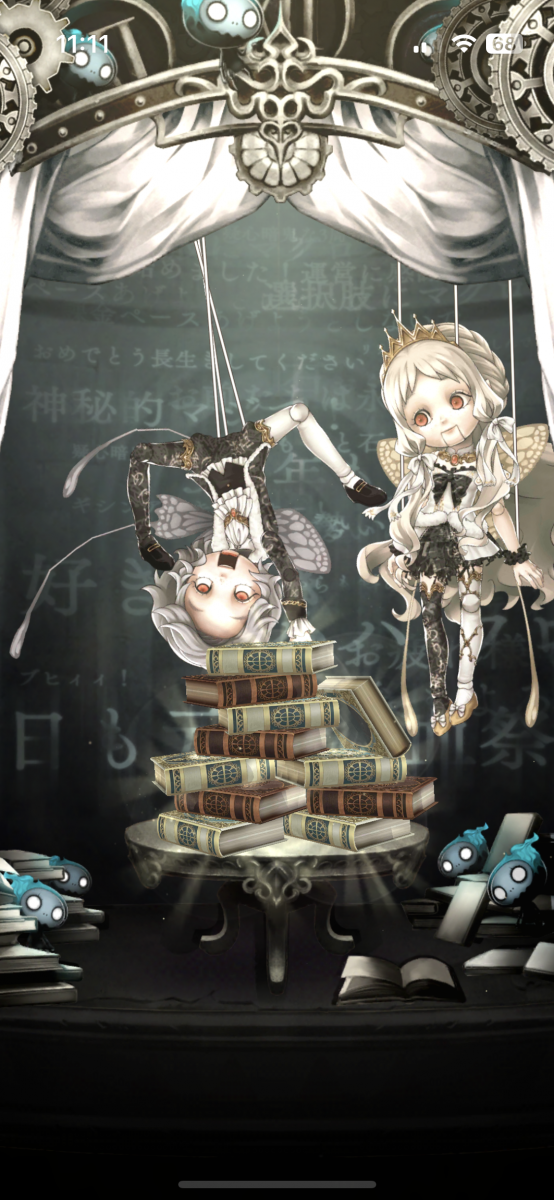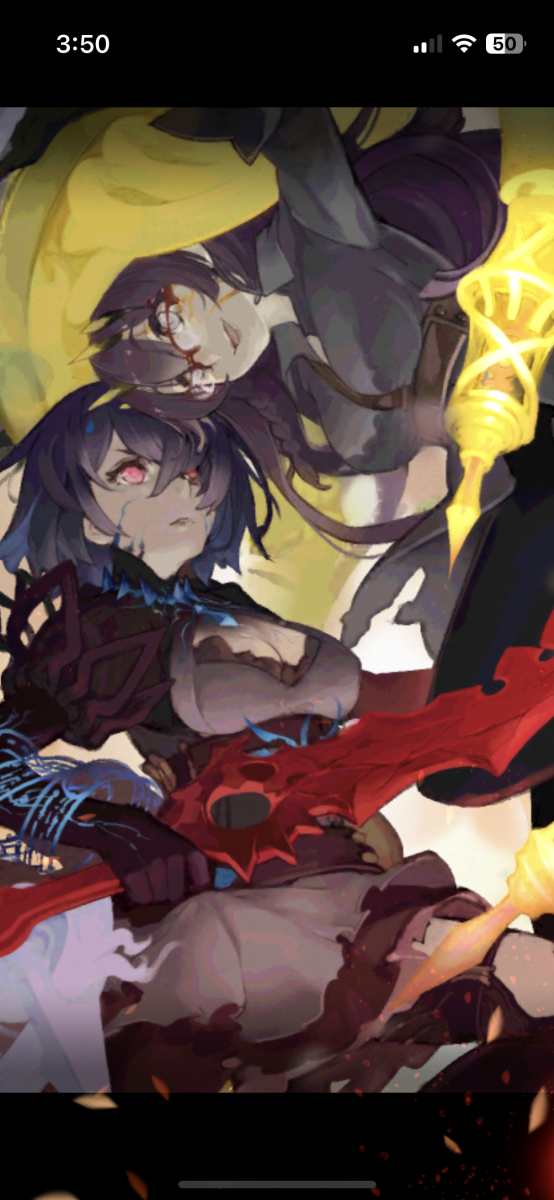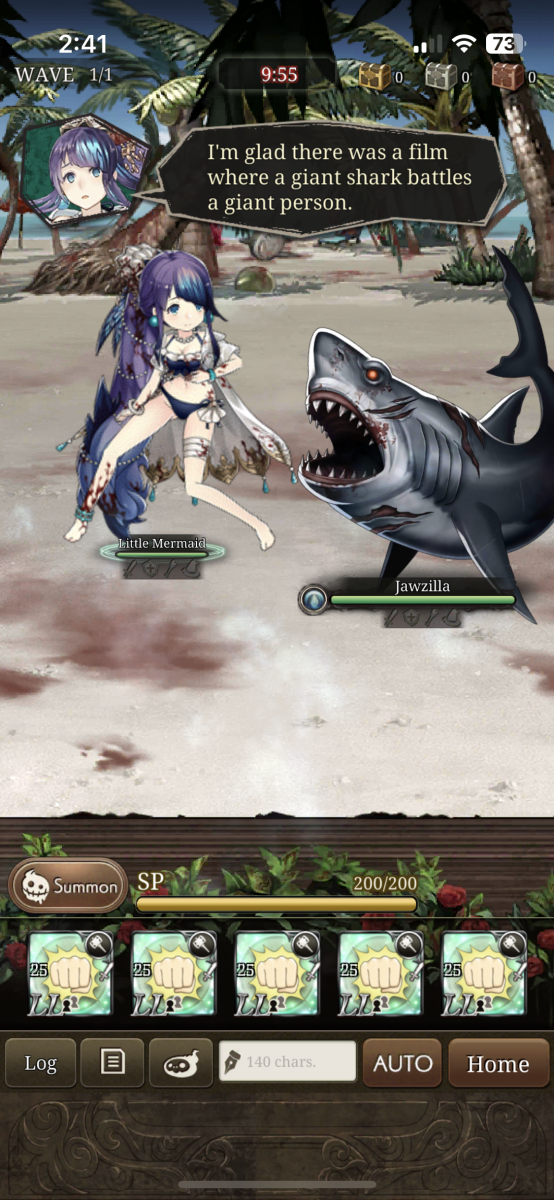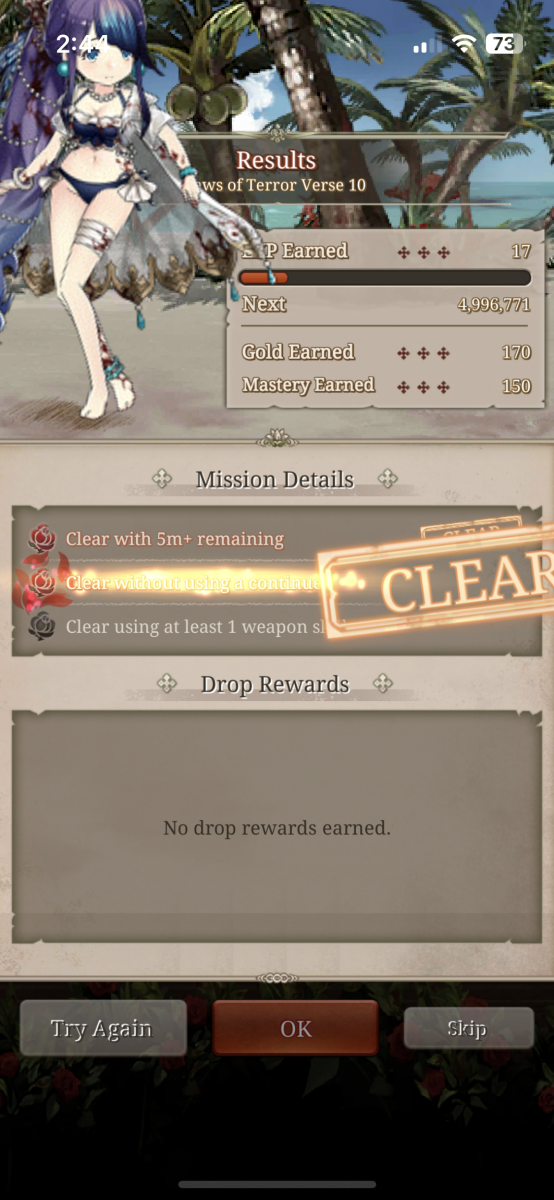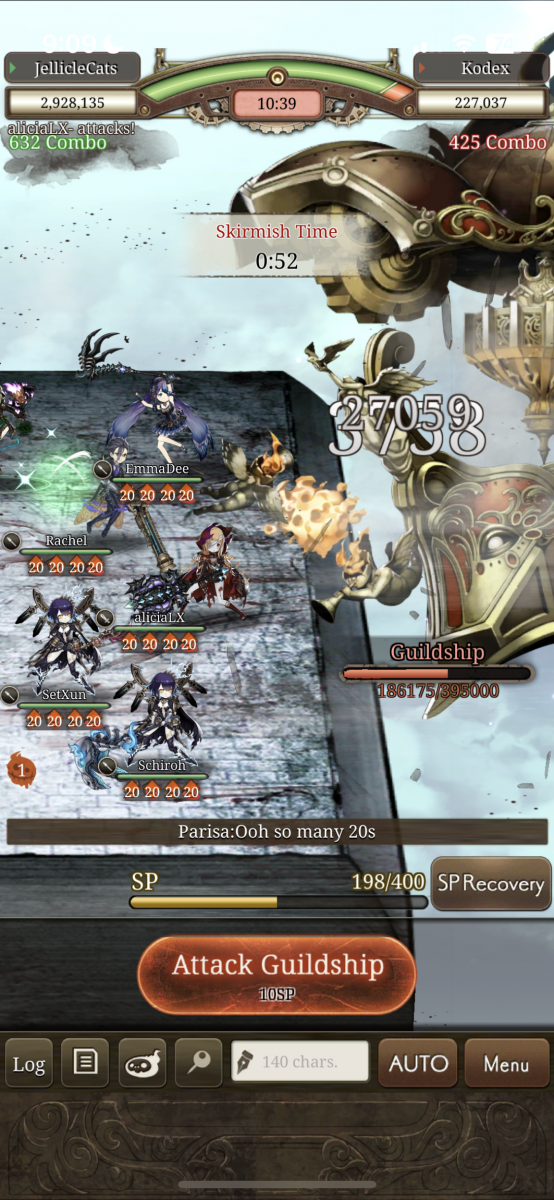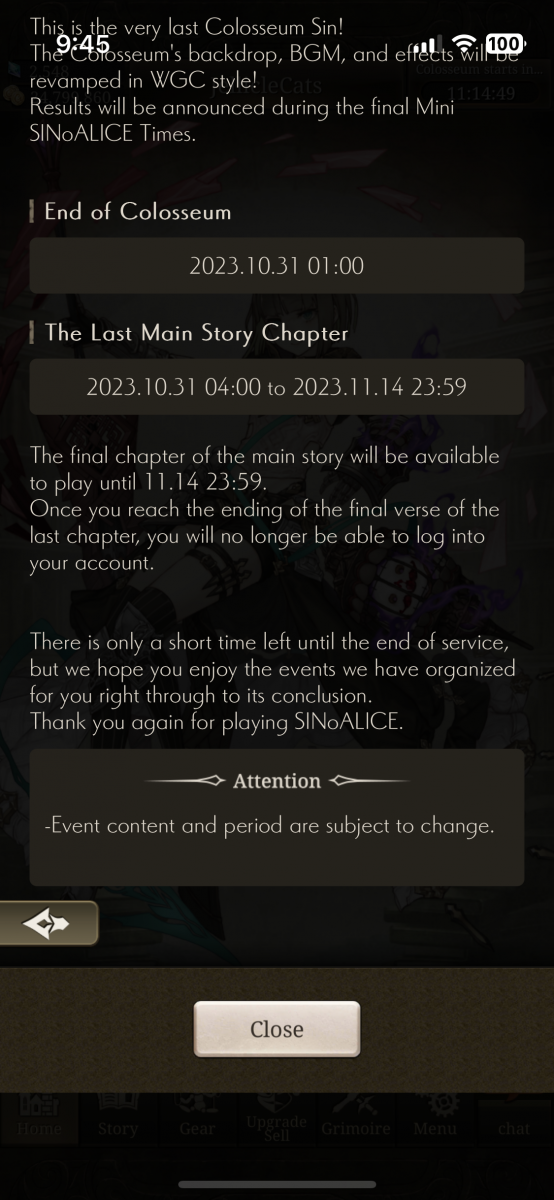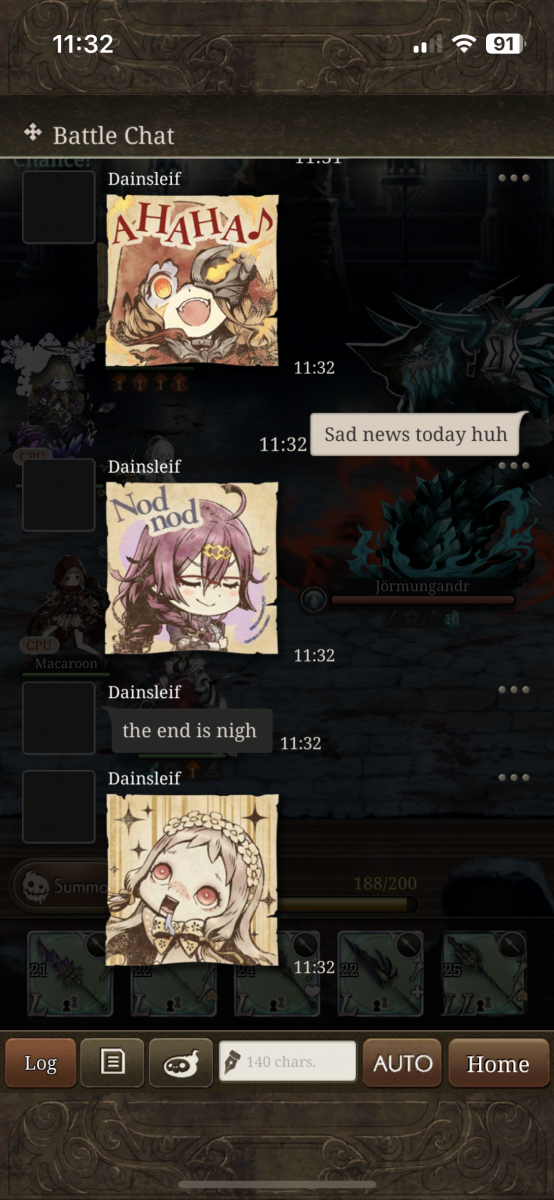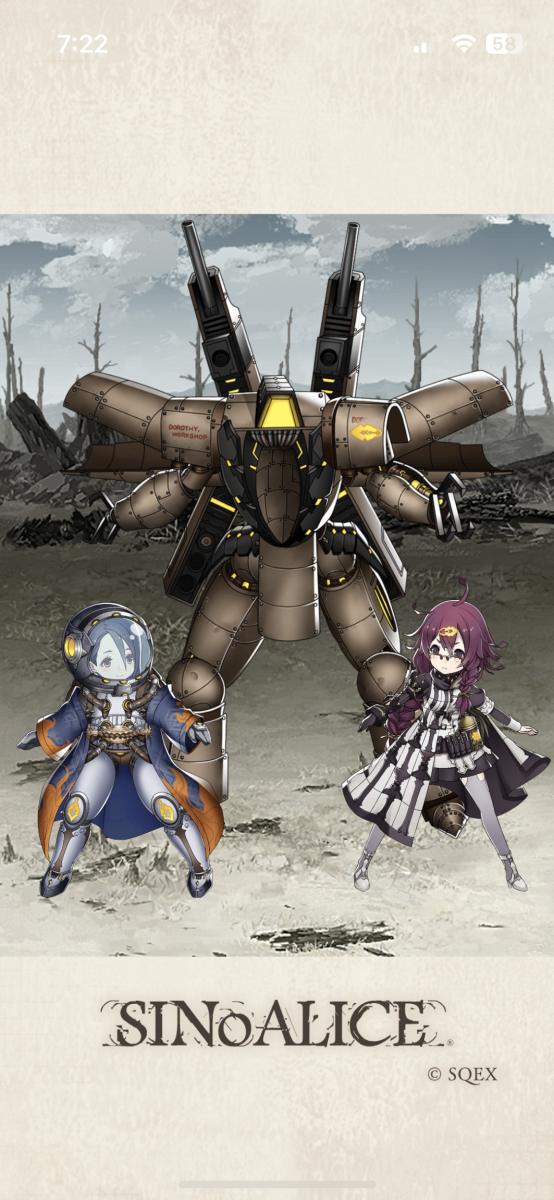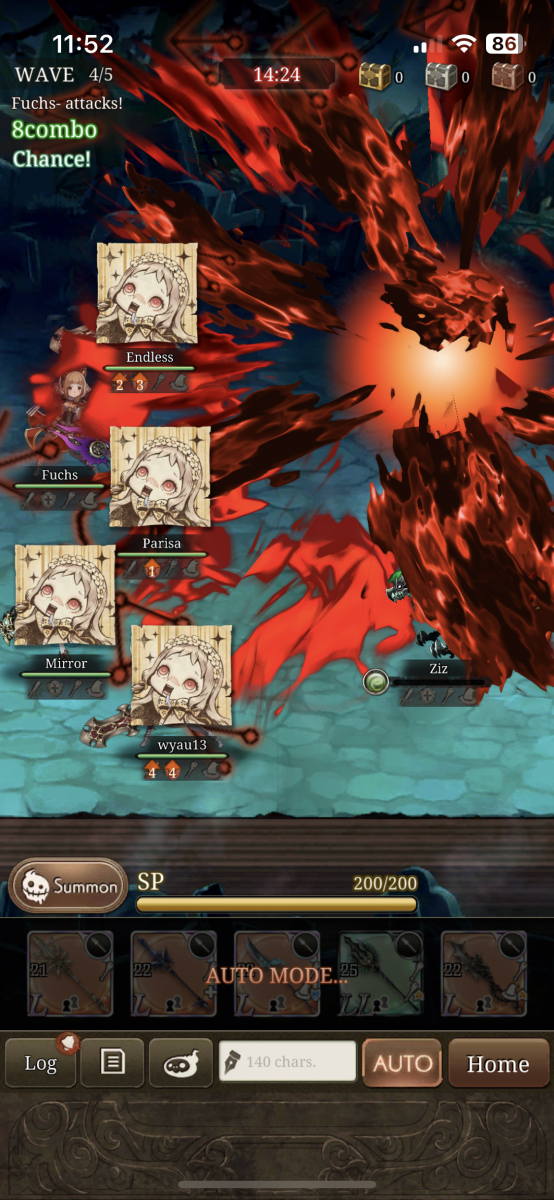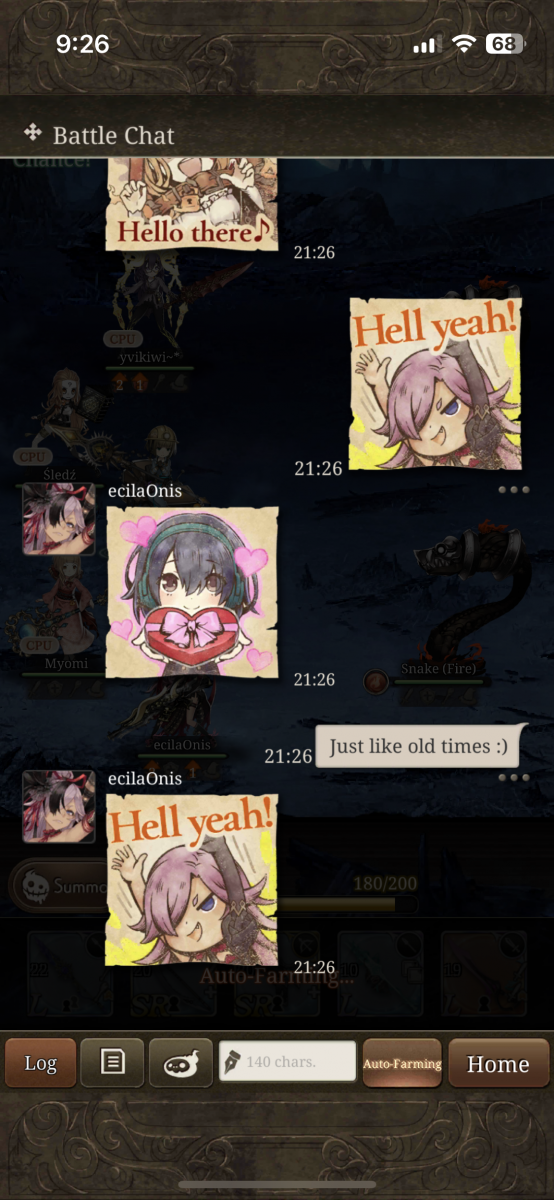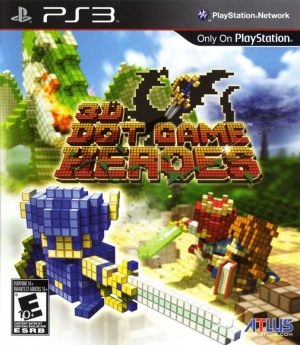 Yesterday, I beat 3D Dot Game Heroes, a Silicon Studio/From Software joint filled with lots of love for the 8-bit era, and the baffling design decisions that accompany it. A brief list:
Yesterday, I beat 3D Dot Game Heroes, a Silicon Studio/From Software joint filled with lots of love for the 8-bit era, and the baffling design decisions that accompany it. A brief list:
– The plot of the game is basically the same as A Link to the Past‘s, minus the alternate world. However, the design takes very little else from that classic. One excellent example: in LttP and many other Zelda games, acquiring a new piece of equipment tends to be closely followed by a section—maybe even in the same room—where you have to use it. This is basically a micro-tutorial for the player, getting them accustomed to using the new gear. There’s few, if any, such scenes in 3D Dot Game Heroes. There was even one special item that I had accidentally missed and had to go back and get later on when I became stuck elsewhere.
– On a related note, the vast majority of bosses can, and probably should, be beaten without the use of any special equipment or magic.
– The dungeon designs range from all right to boring, especially when the room layouts start to repeat between temples. A particular cave passage specifically reminded me of the largest, most tedious dungeon in Final Fantasy—not a good thing.
– Many hidden caves abound, some of them with goodies, which can be opened with bombs. However, there’s more than one where talking to the NPC will reveal their anger at you blowing up their front door and extract compensation from you, typically 20 gold. Just one of these caves would’ve gotten the point across, thanks.
– There are lots of little sidequests that require obtaining items/information and delivering them to the right people. However, much like in the NES era, most people look the same, and those giving you the info offer very little else, text-wise, in the way of identifying information.
– On a similar note, there is at least one special area in the game which would’ve been much easier to find if there had been more differentiation. Also, some rocks can be blown up, but are only very slightly different, color-wise, from the indestructible ones.
– An item called the Bestiary can be obtained and used in battle to add monsters to it. You would think that whapping a monster once would be good enough for an addition, but most require multiple hits with the thing, some needing dozens.
– The loading screens are homages to old games, and, similar to the Bestiary, there’s an in-game gallery where they can be viewed. However, not a single one will unlock there unless you’ve turned on the right setting.
The game does have its charms. Along with the chunky pixels, there’s a slight tilt-shift photographic effect at work throughout, and said pixel chunks scatter nicely when various objects are destroyed. The soundtrack is pleasant and reminiscent of old games—I particularly liked the Dragon Quest-esque save-loading music—while mostly utilizing modern sounds. Some of the writing is witty. The Producer and Developer Rooms are cute.
However, if I put some more thought into it, I could likely come up with more annoying things to add to the list that makes up most of this post. 3D Dot Game Heroes is slavish in its devotion to the 8-bit era, good and bad.
